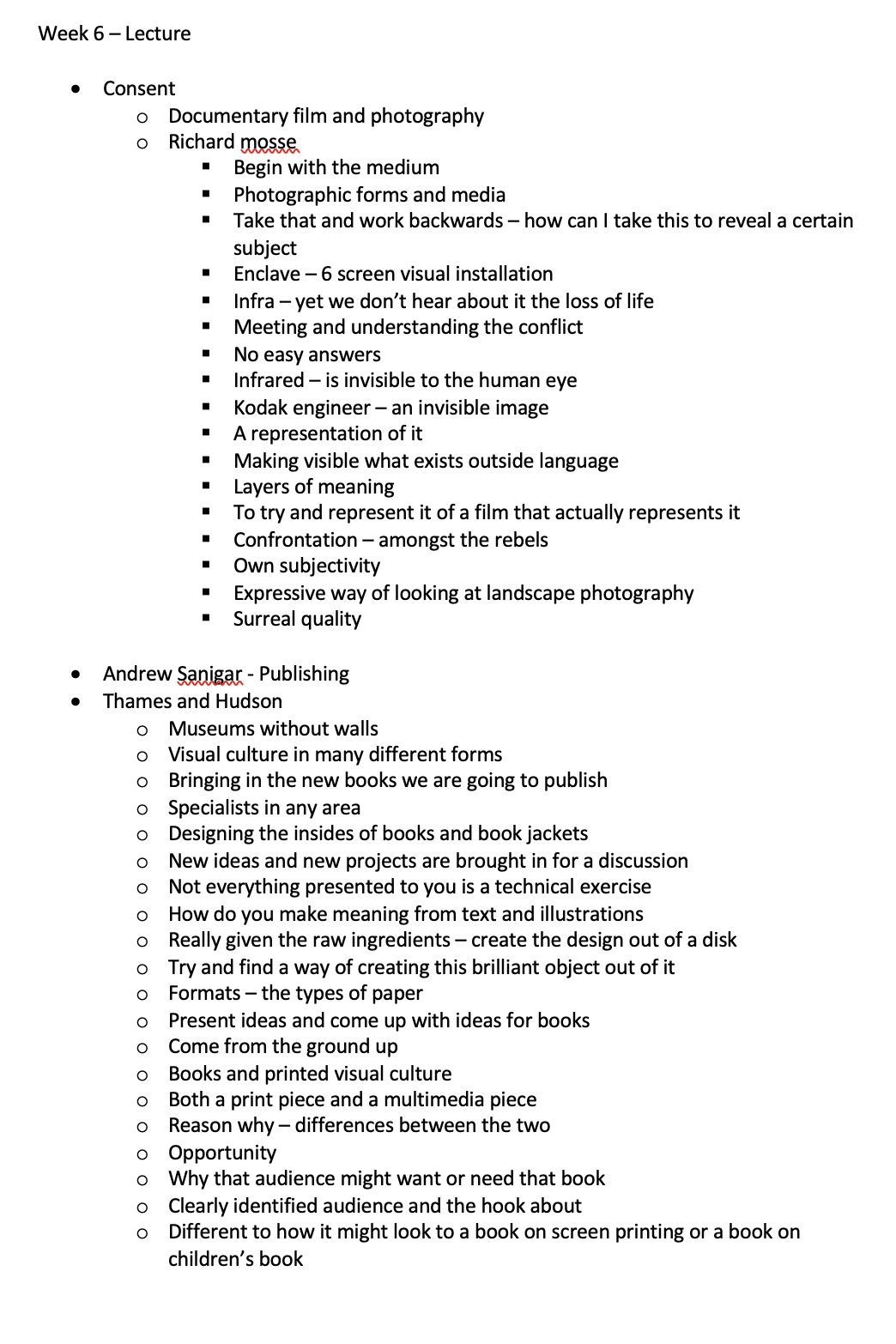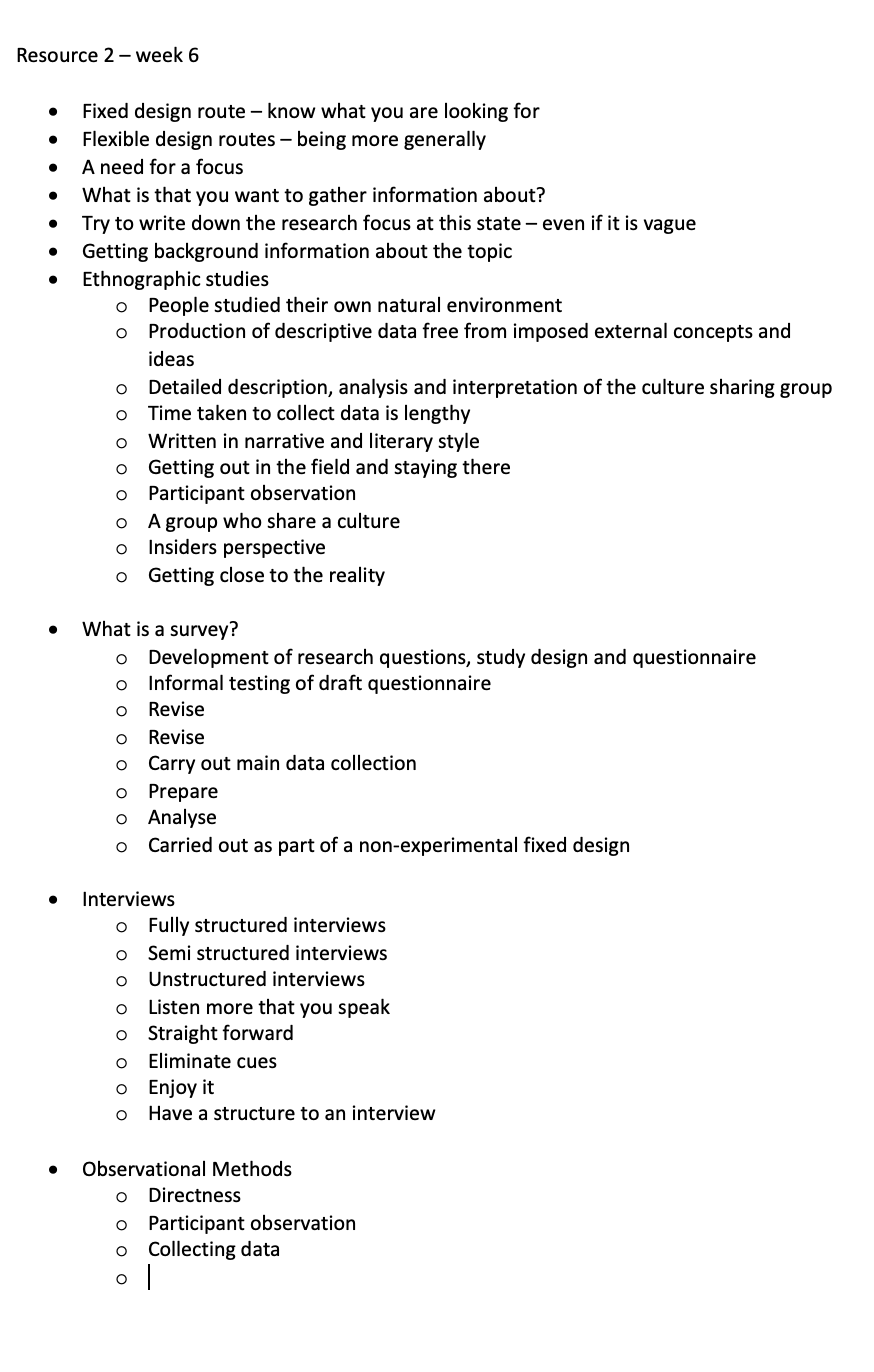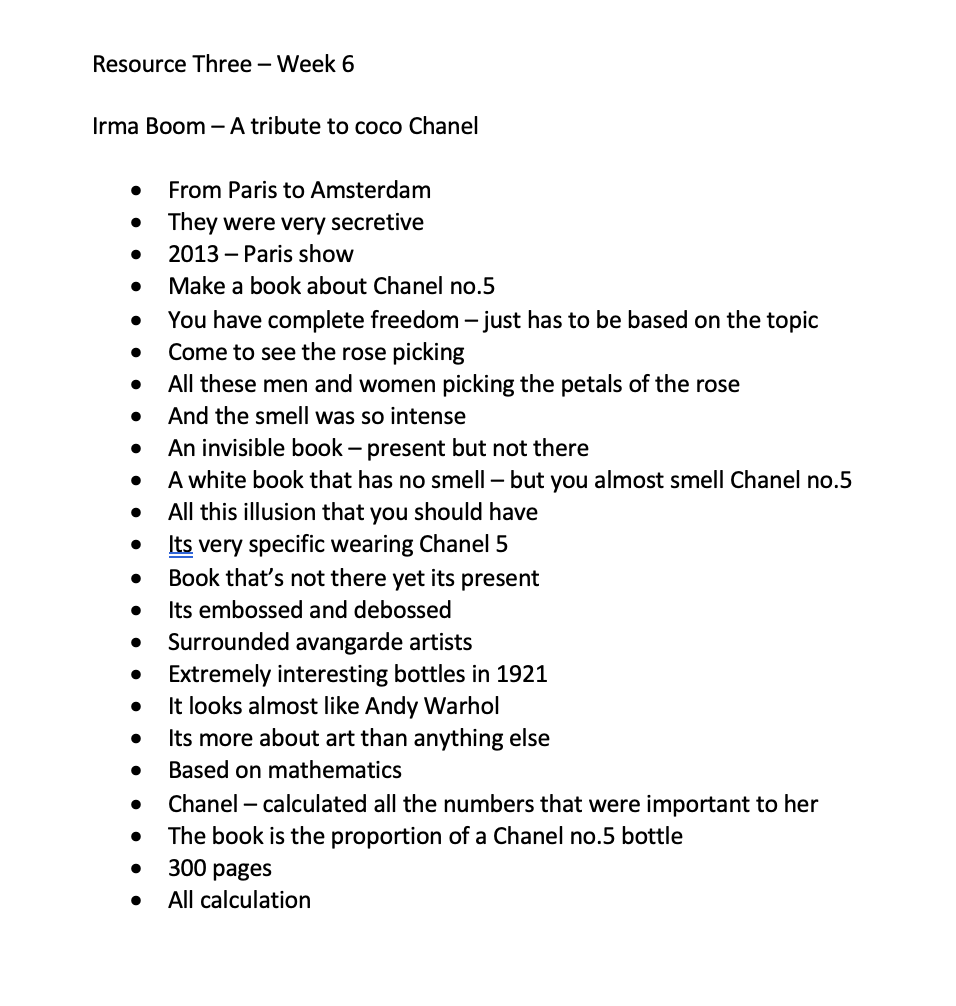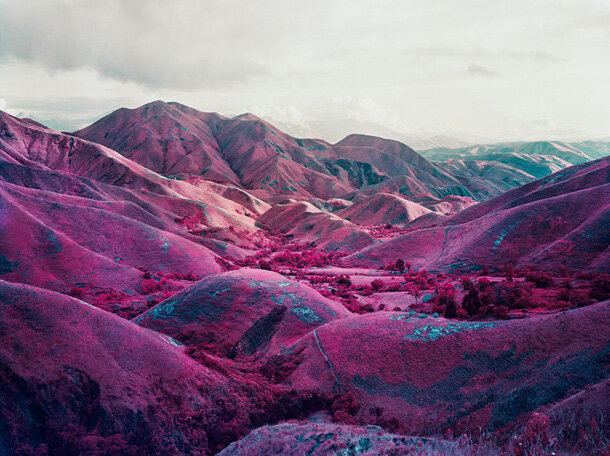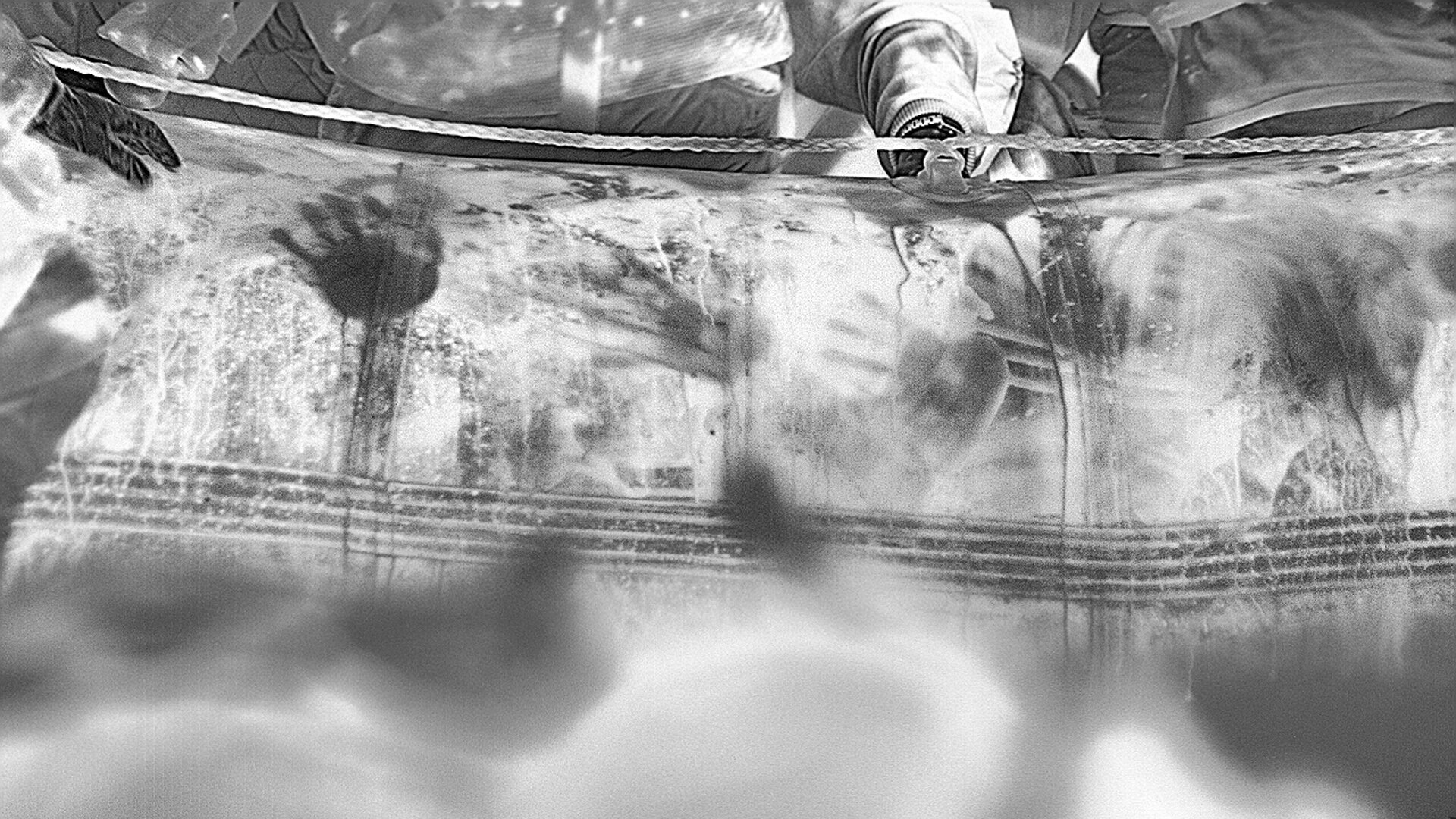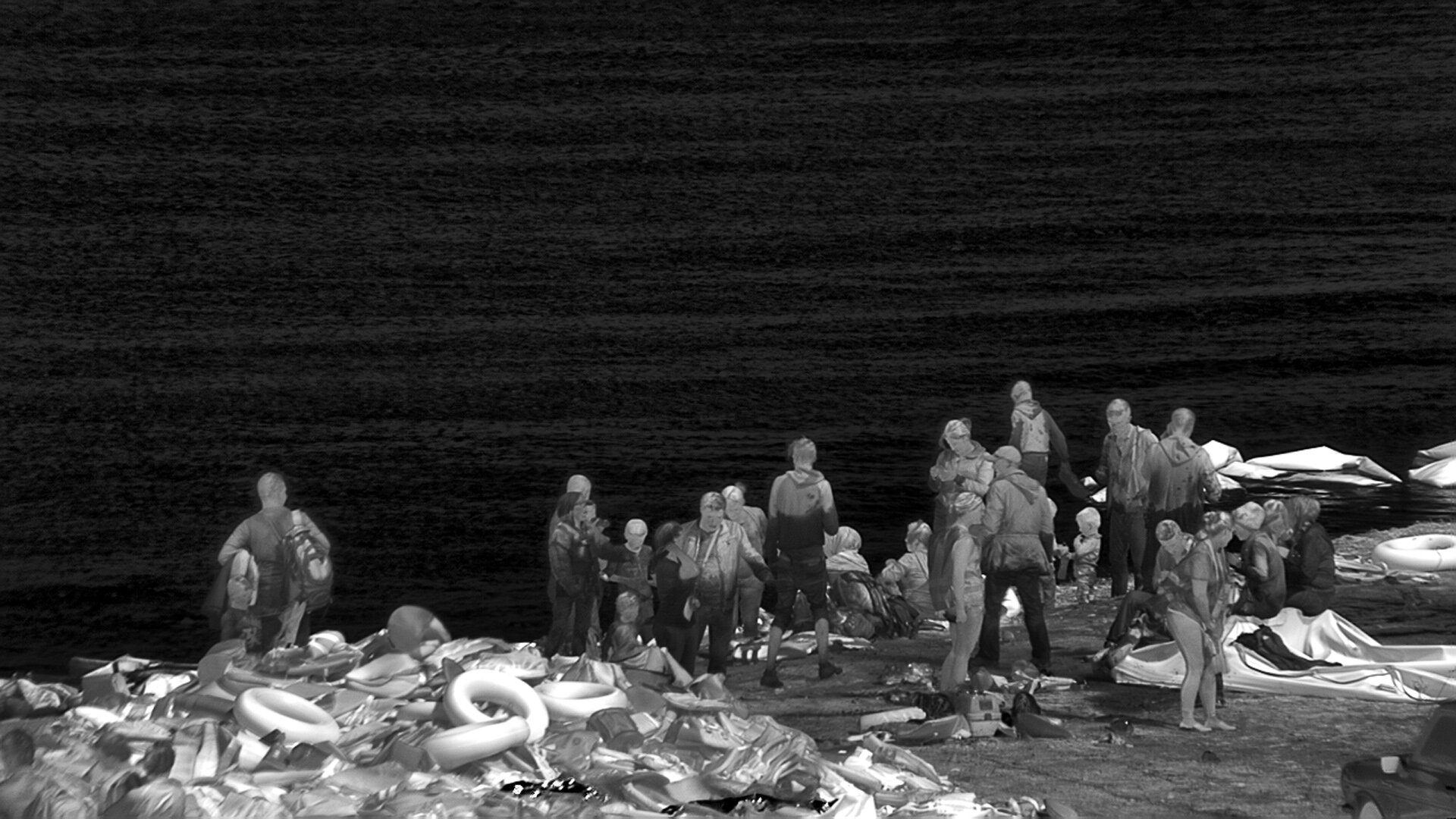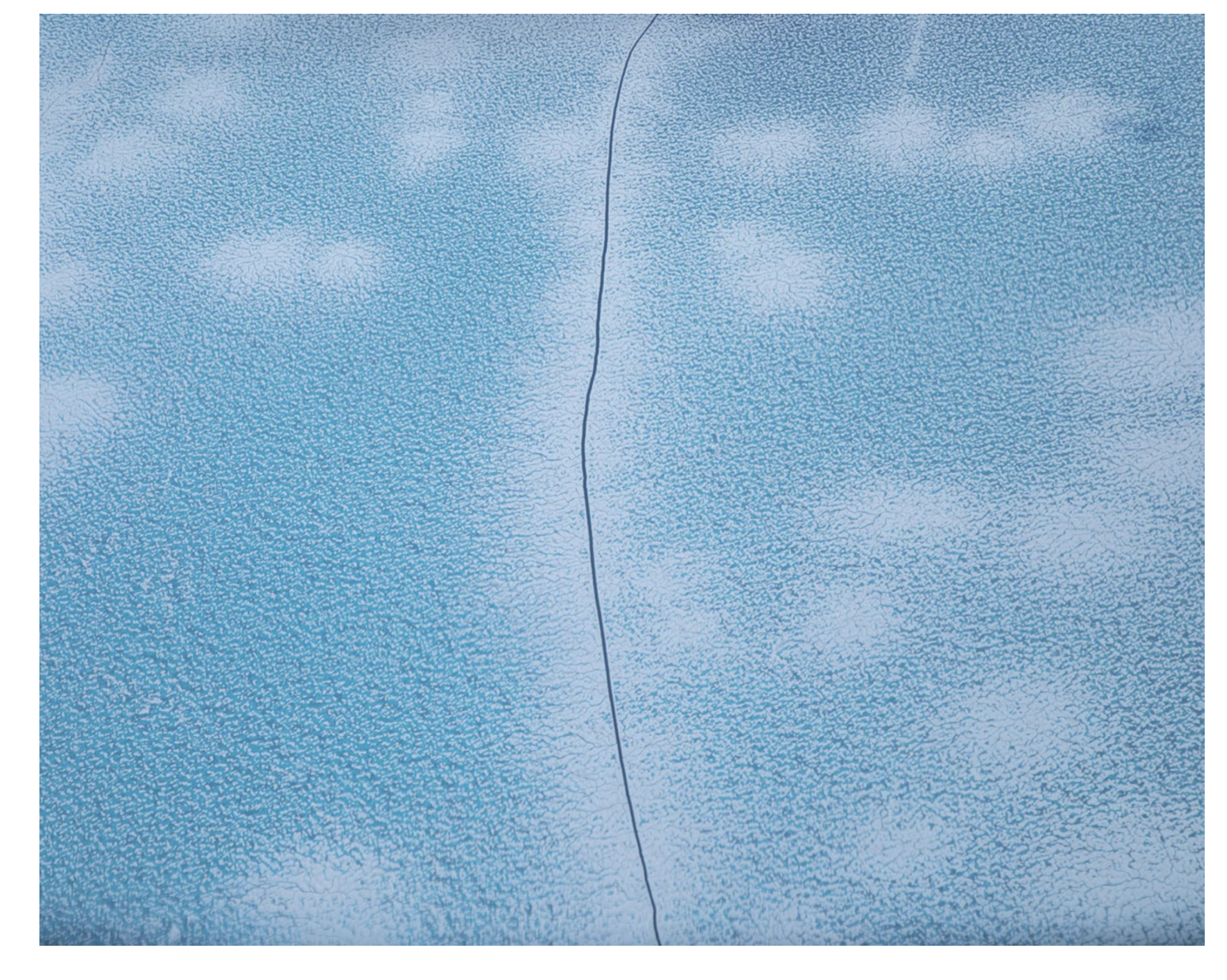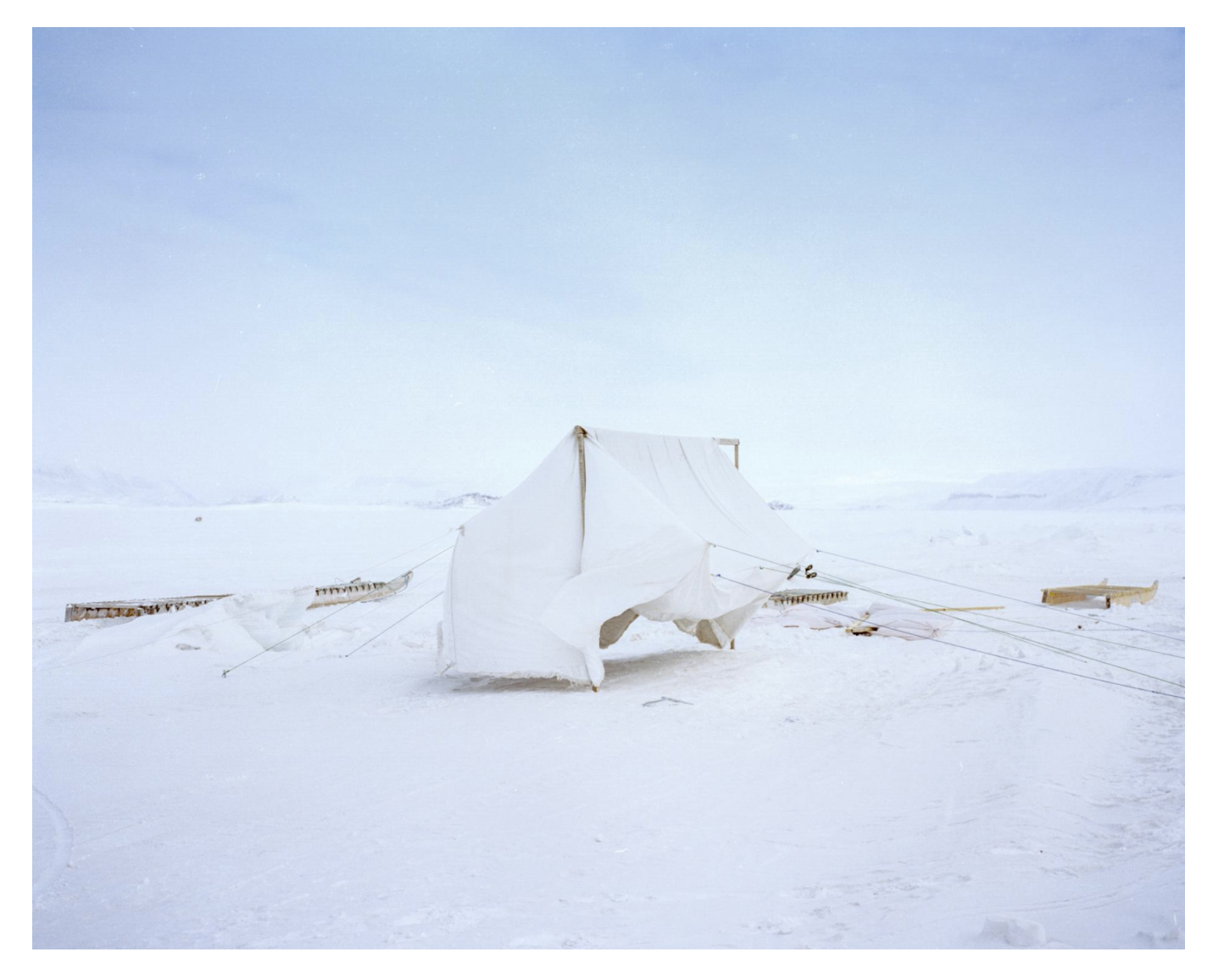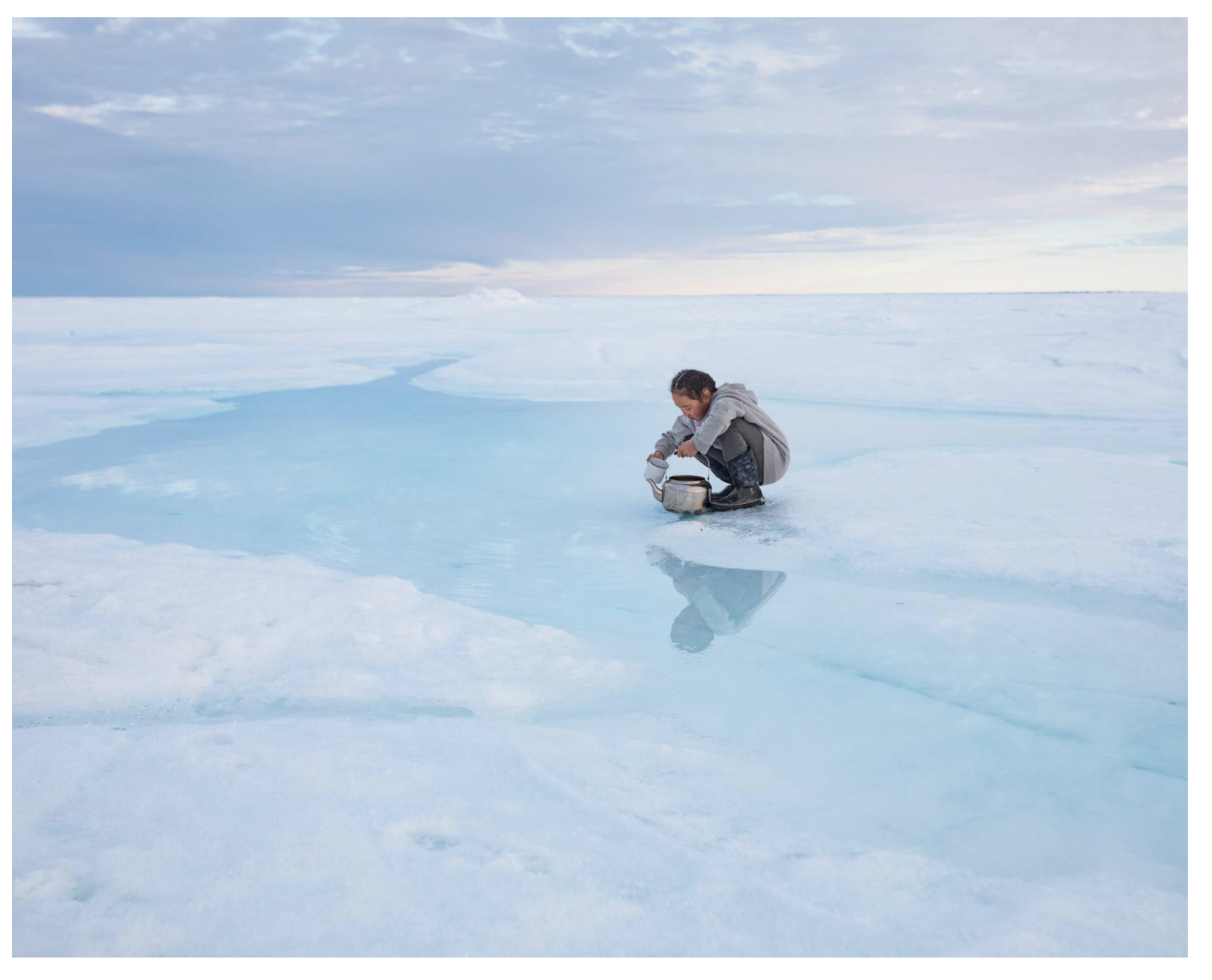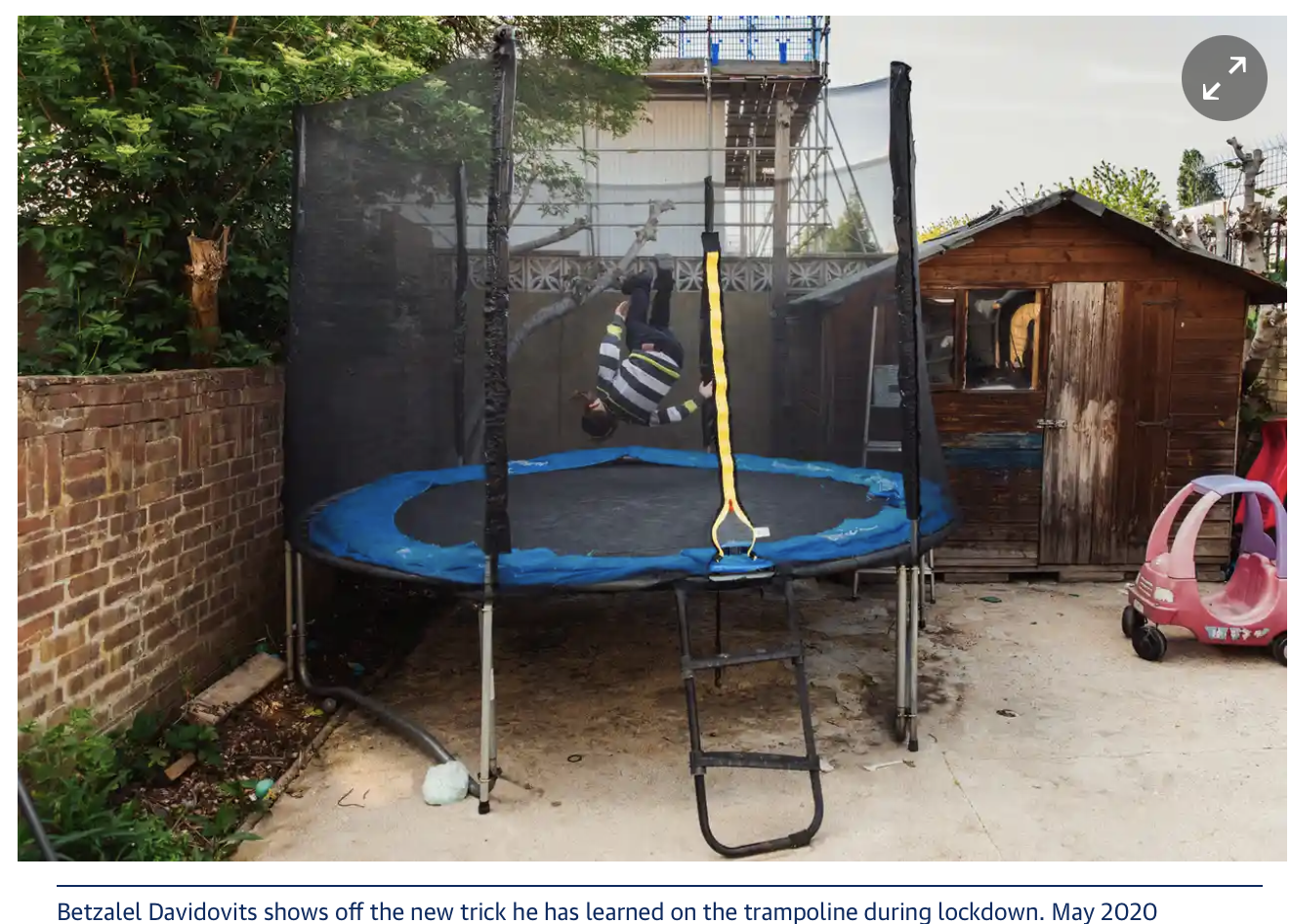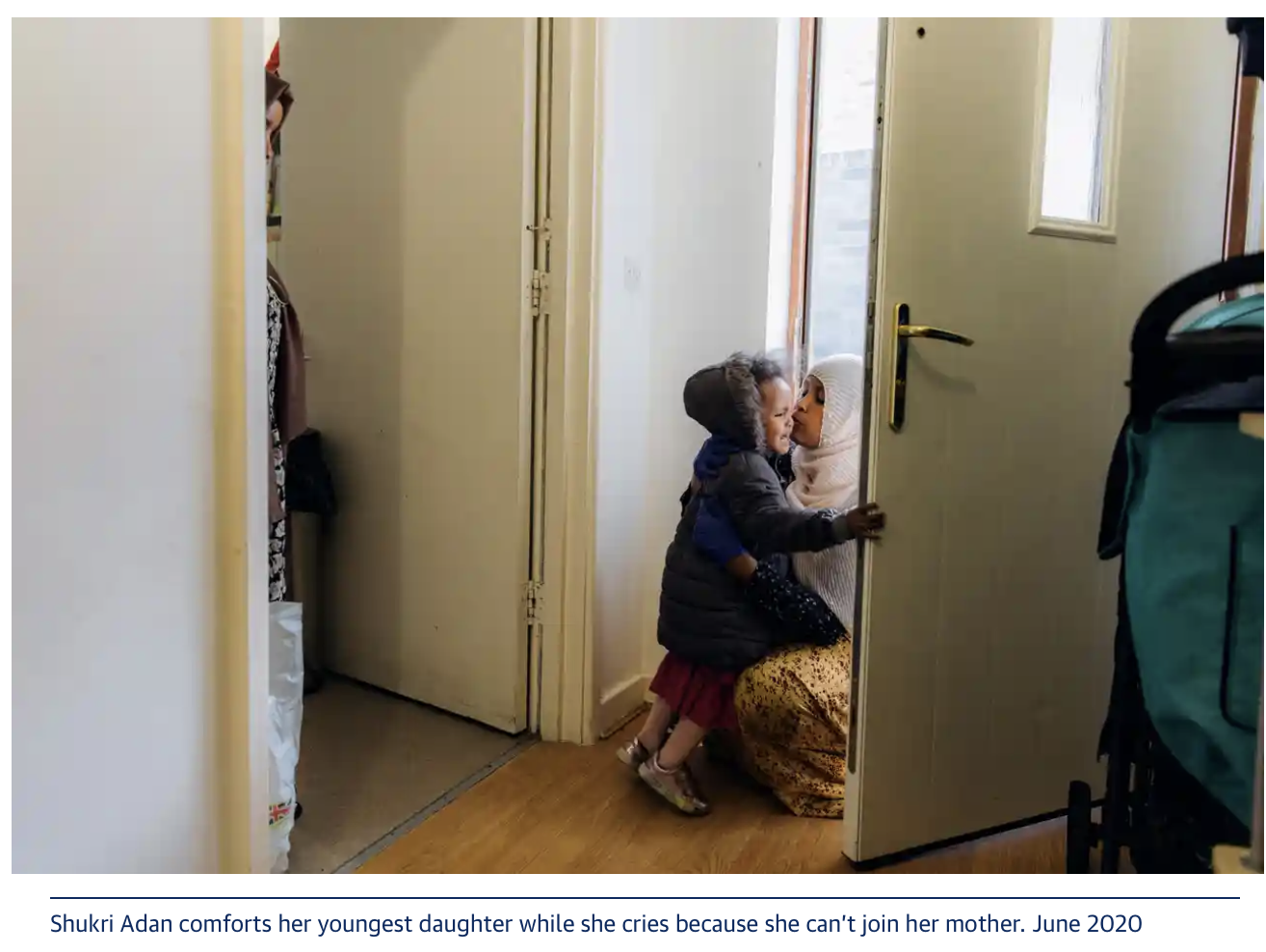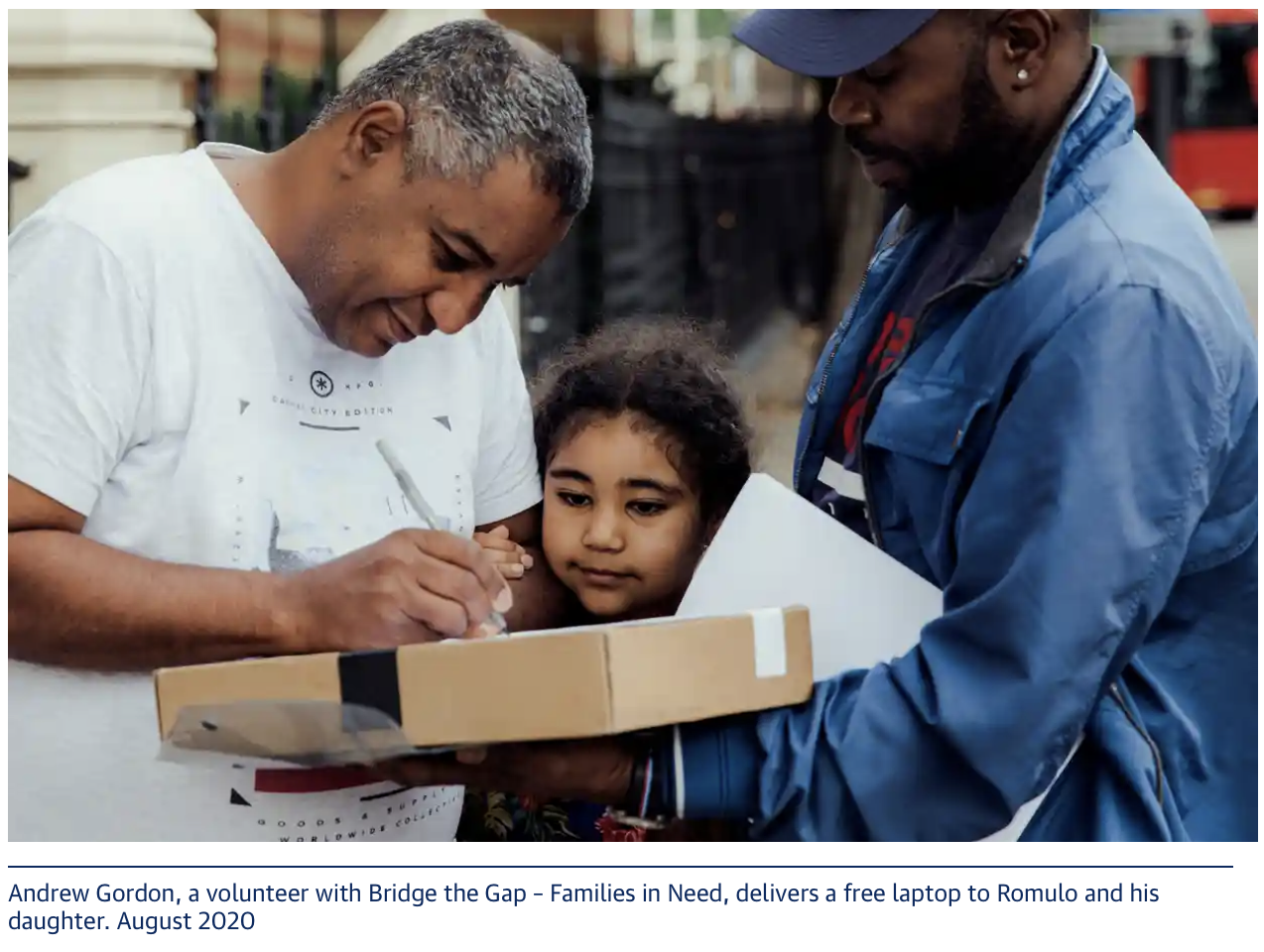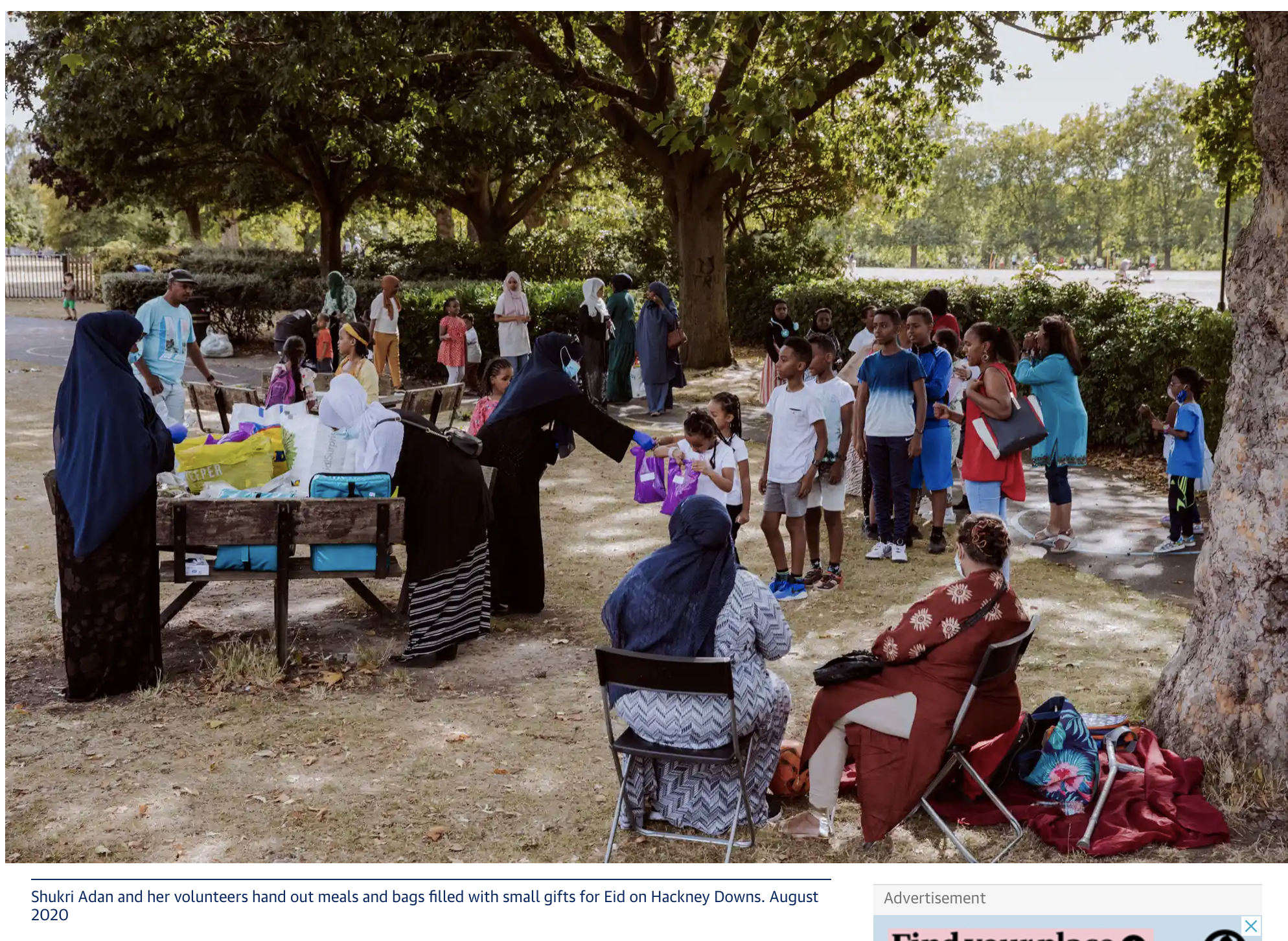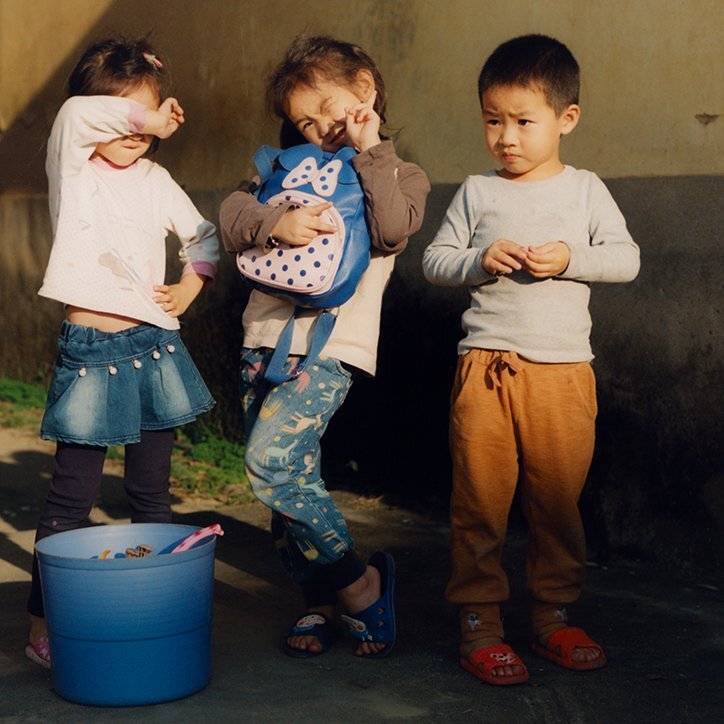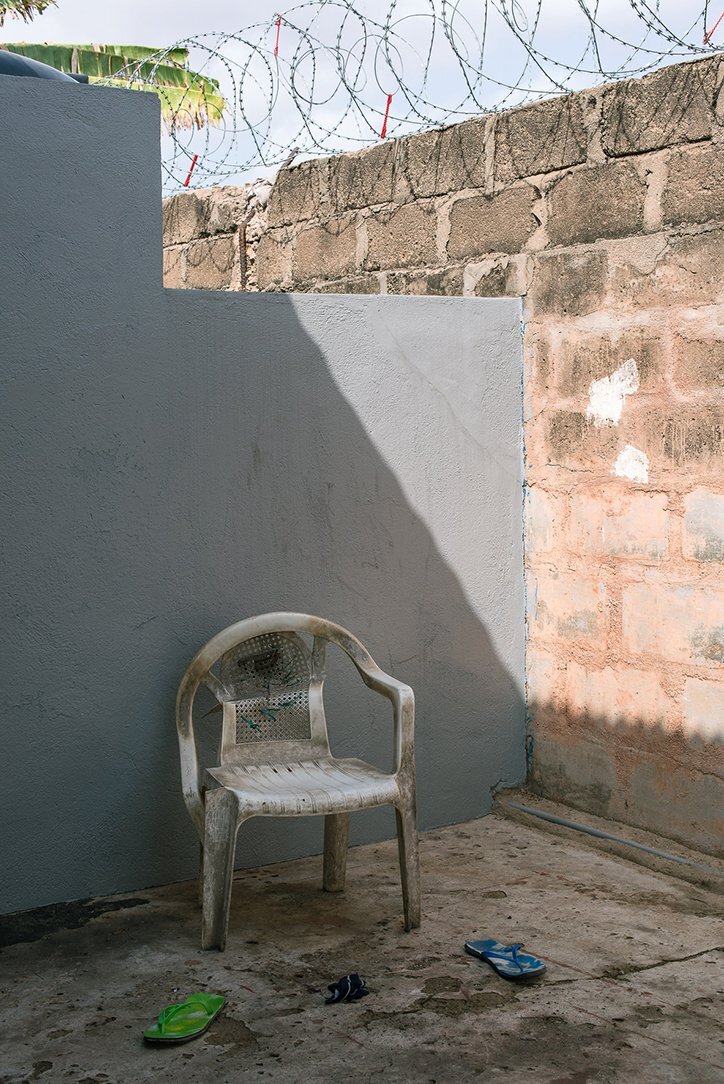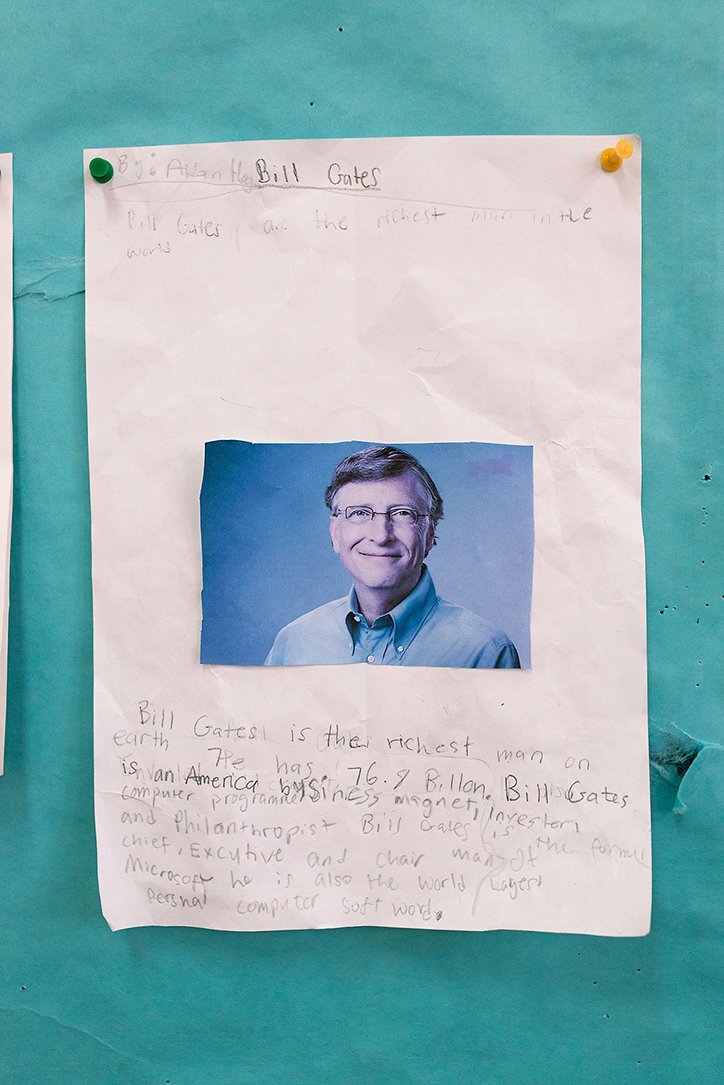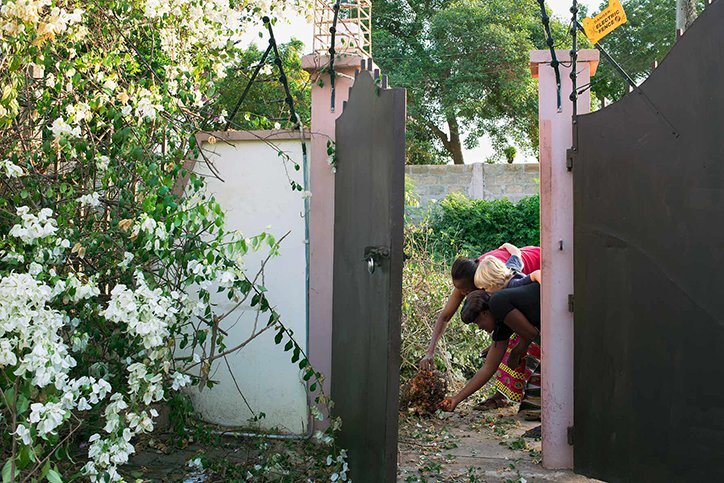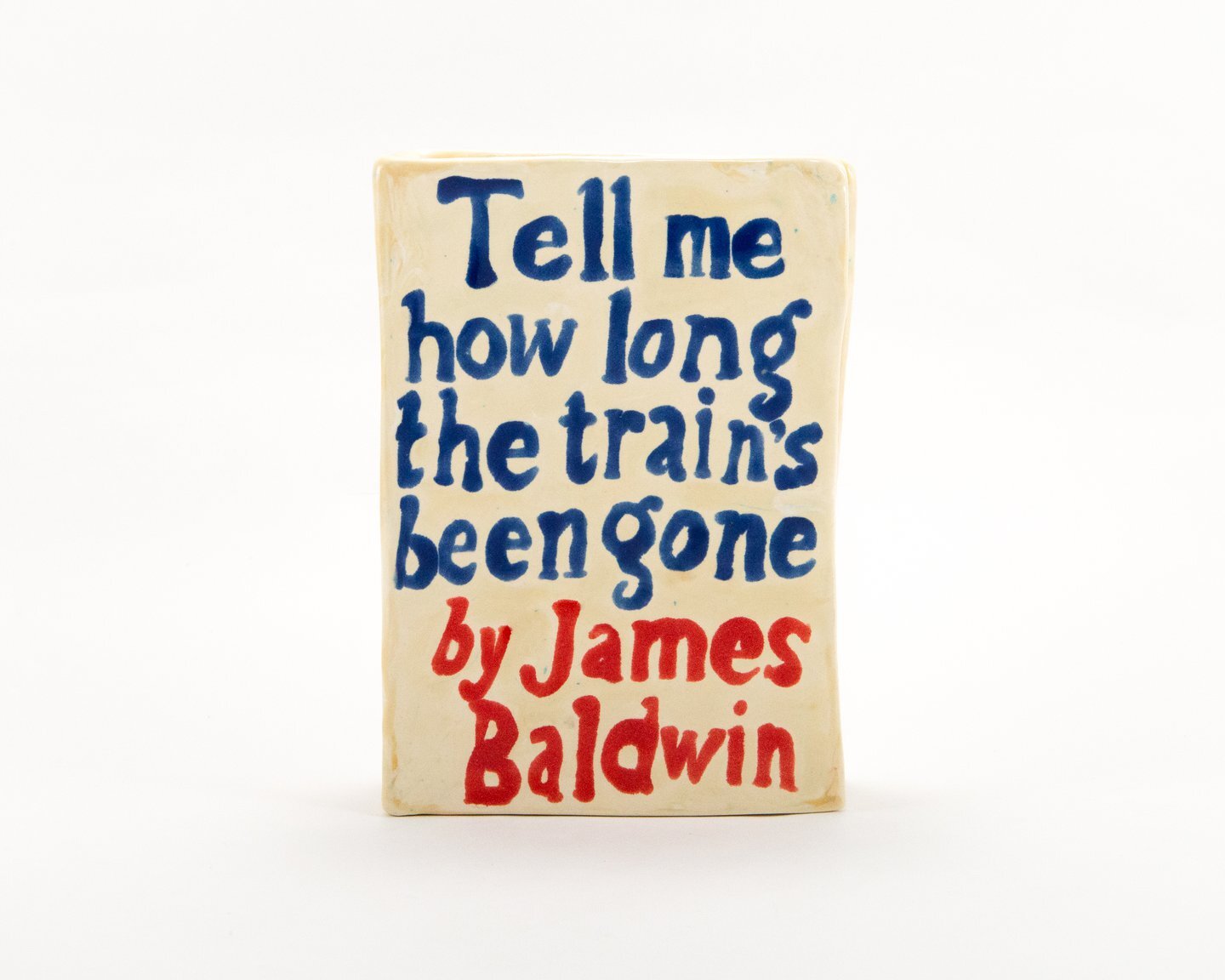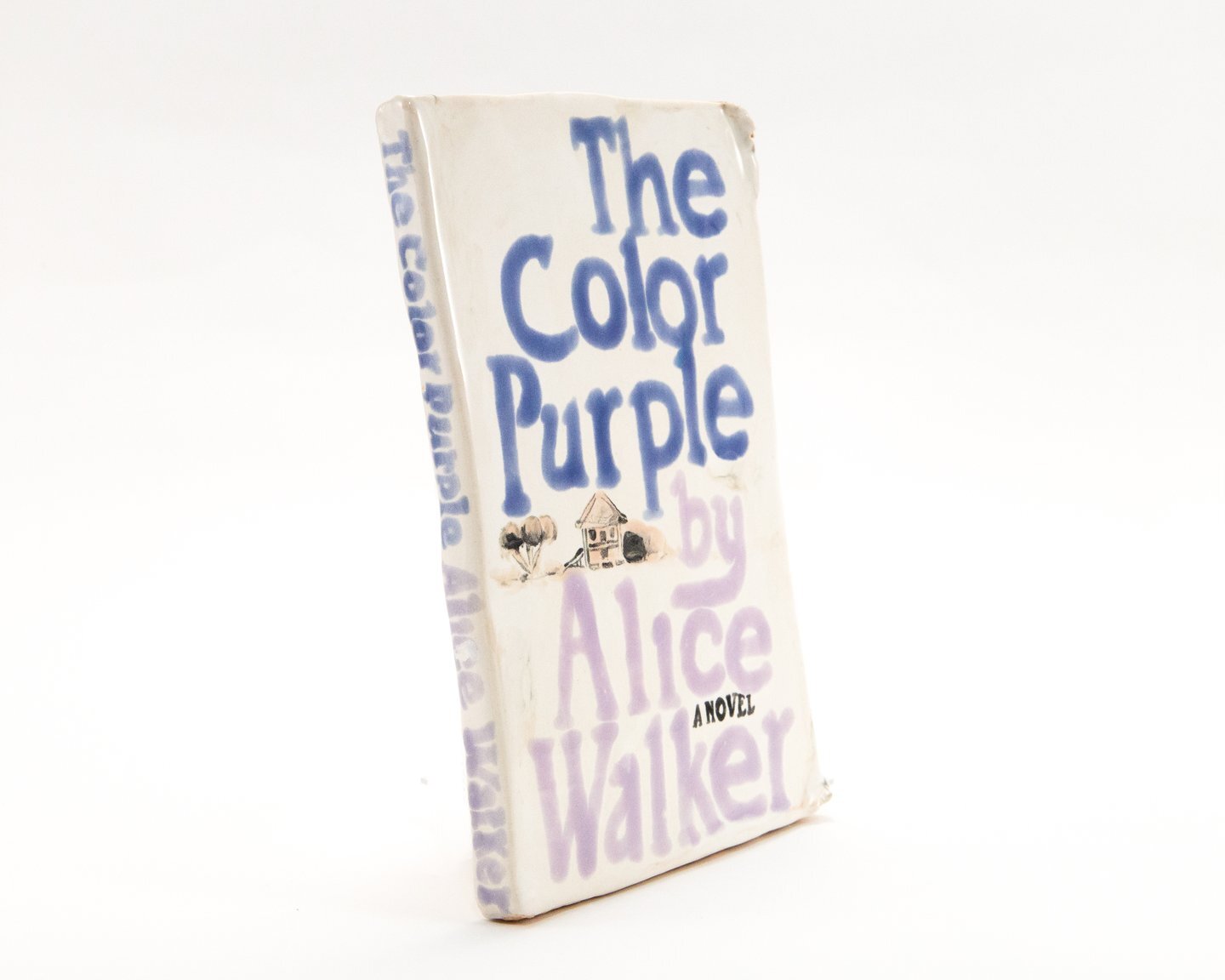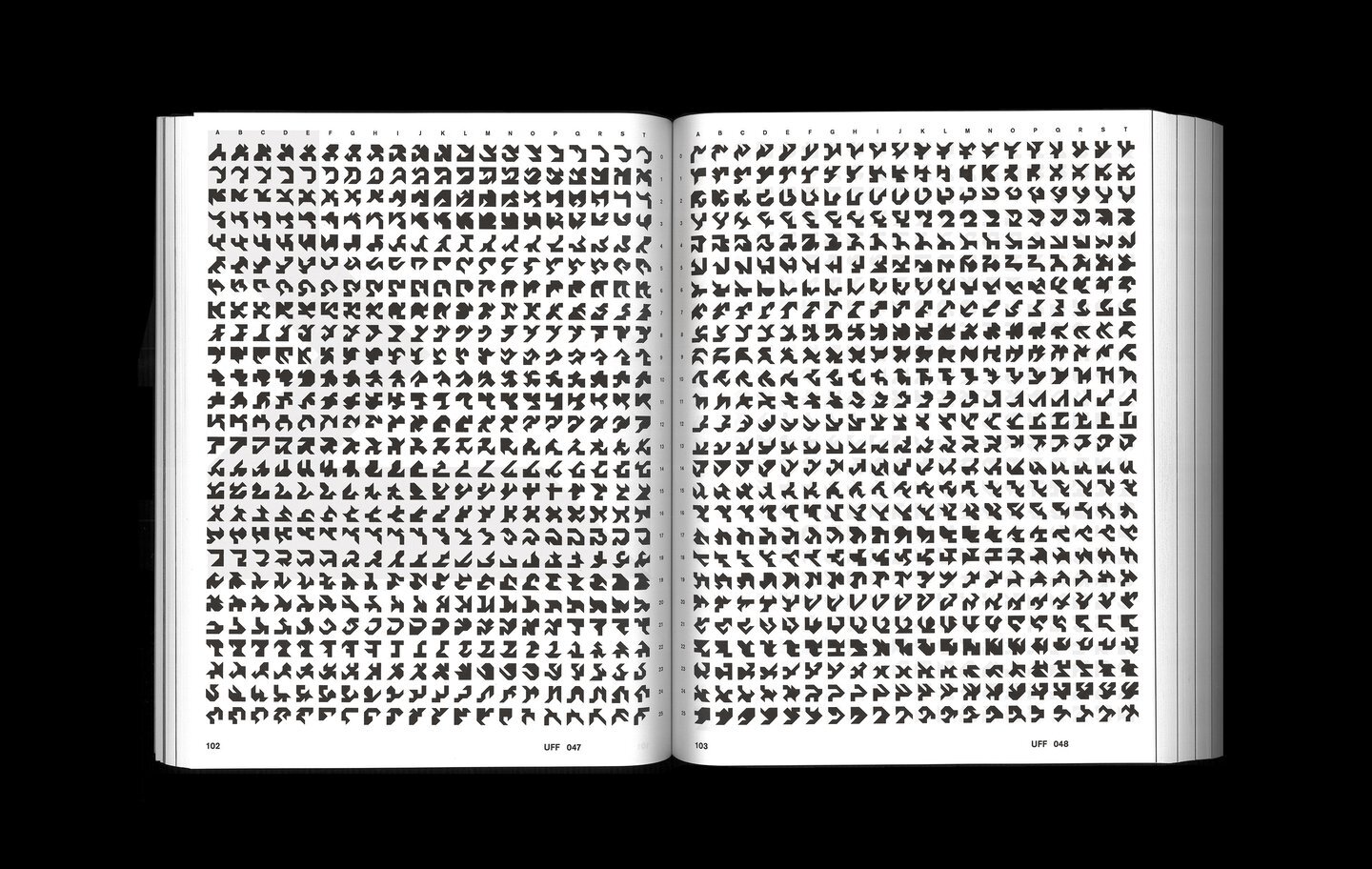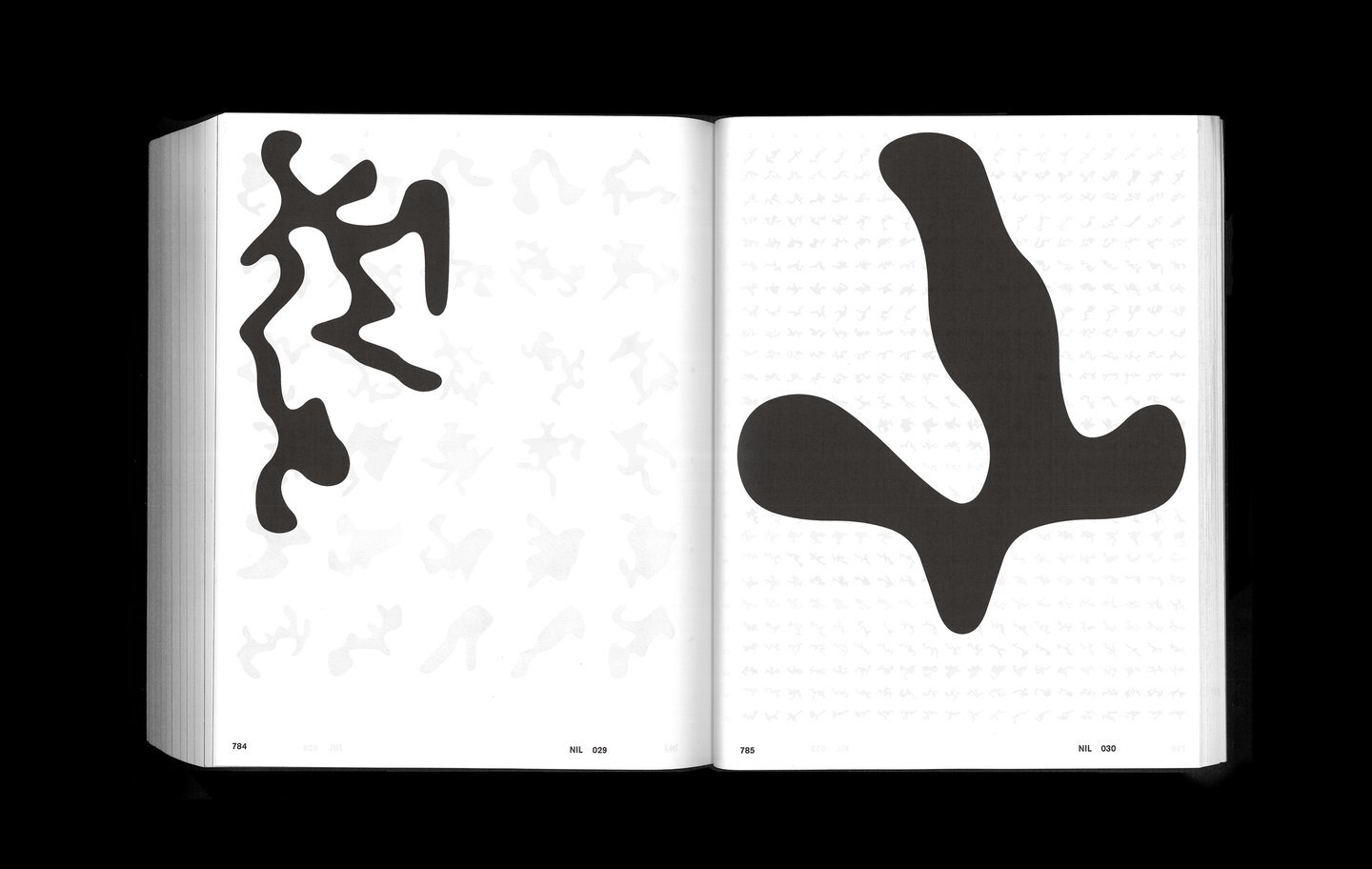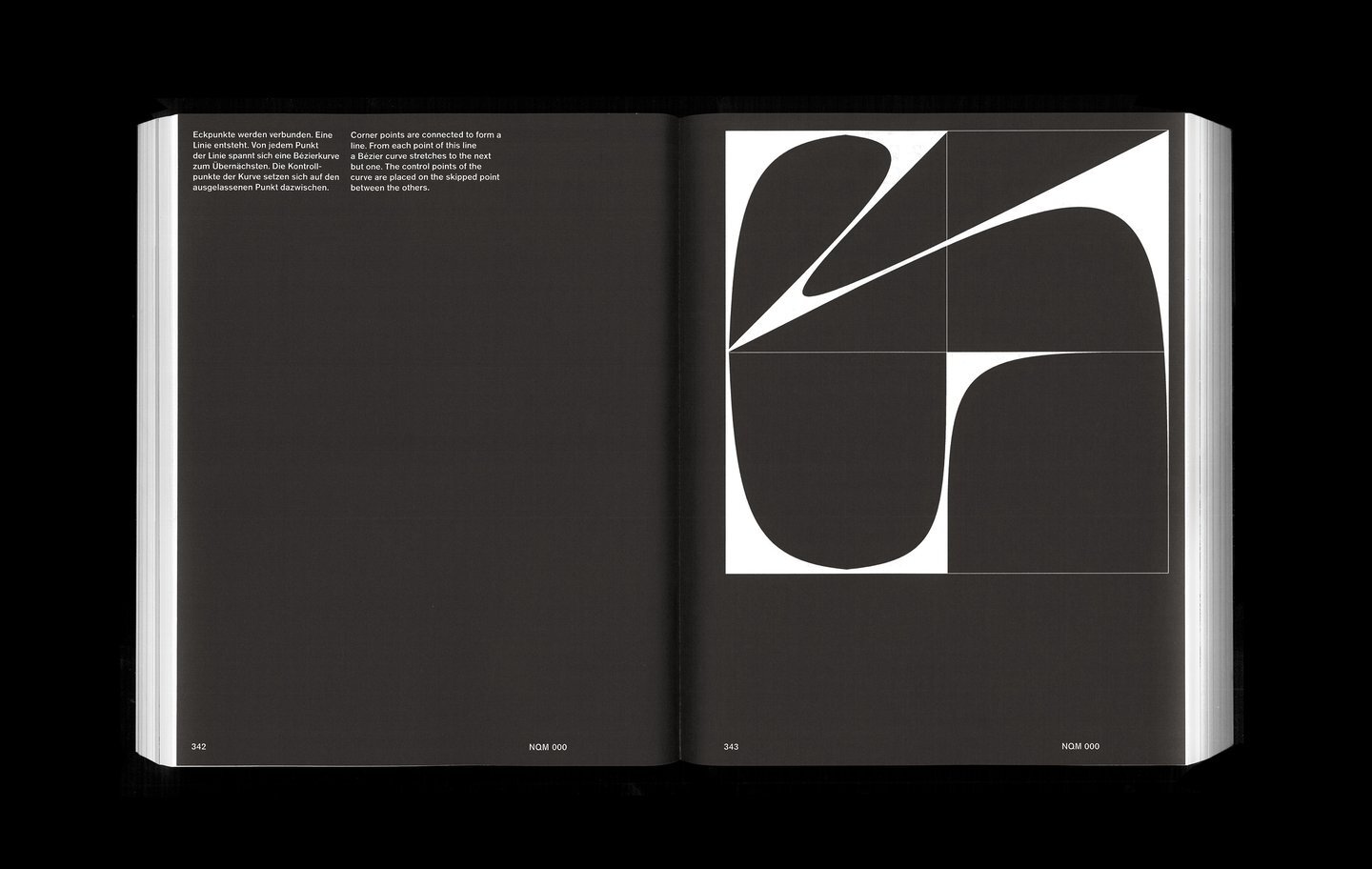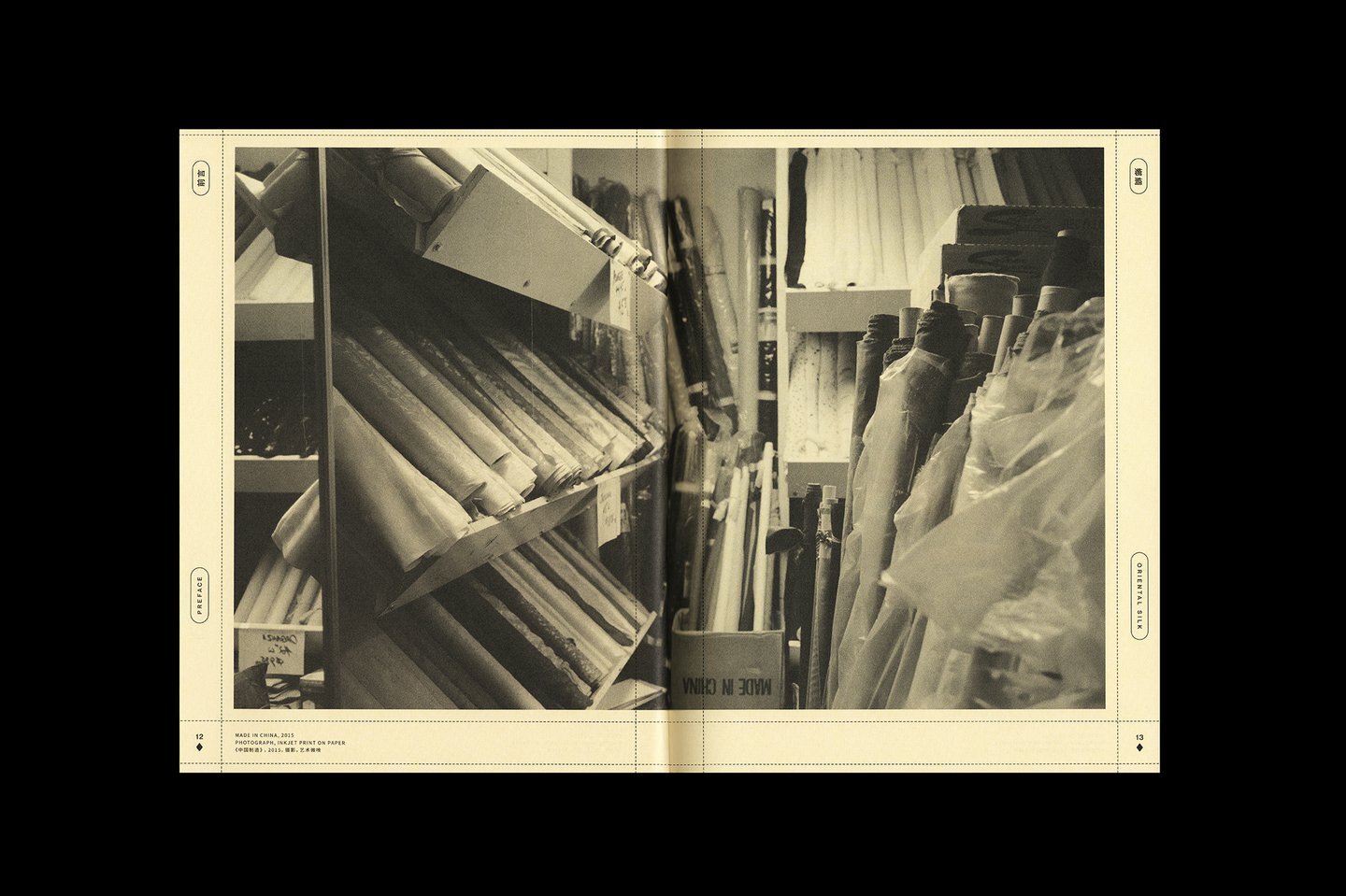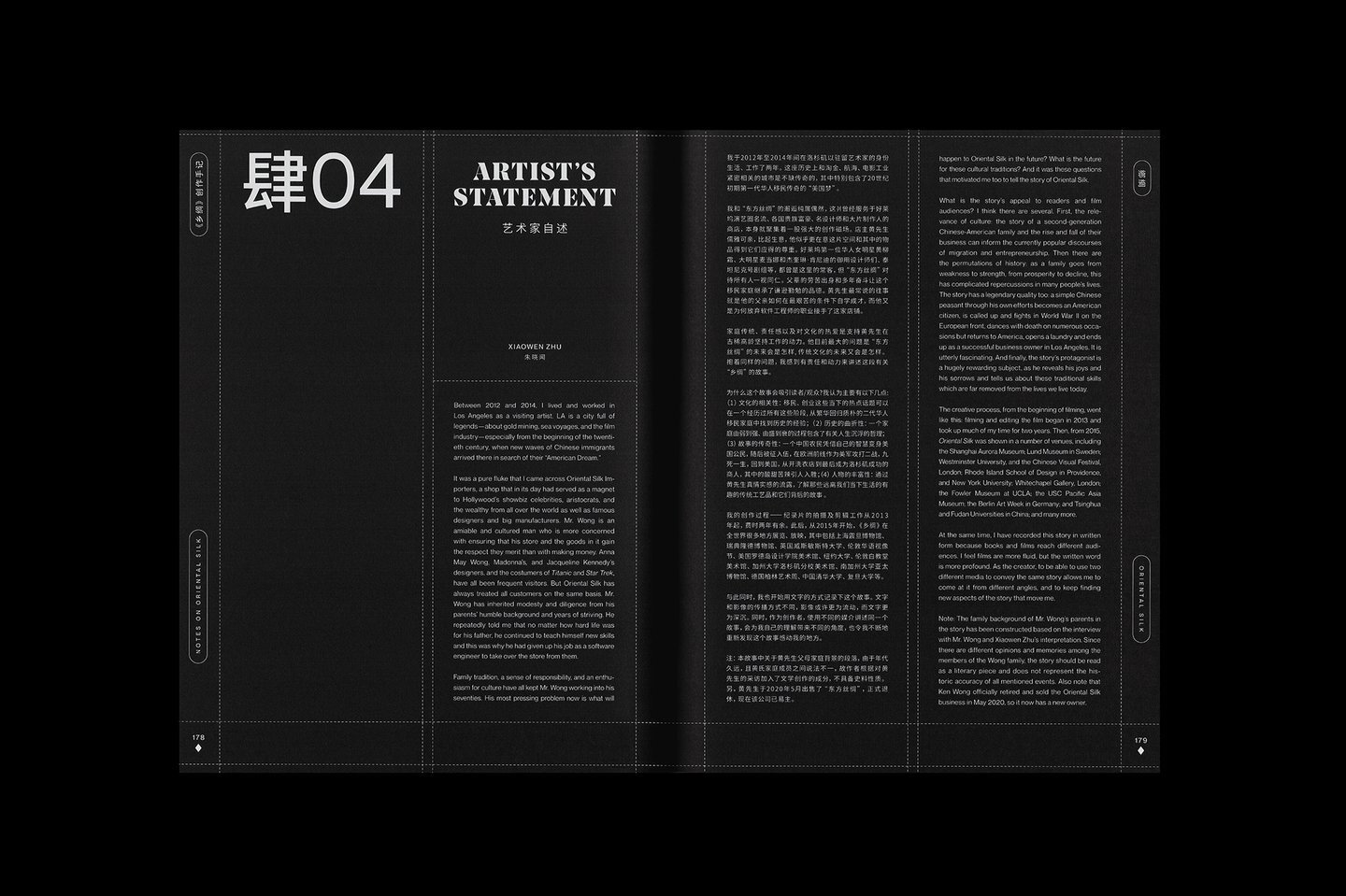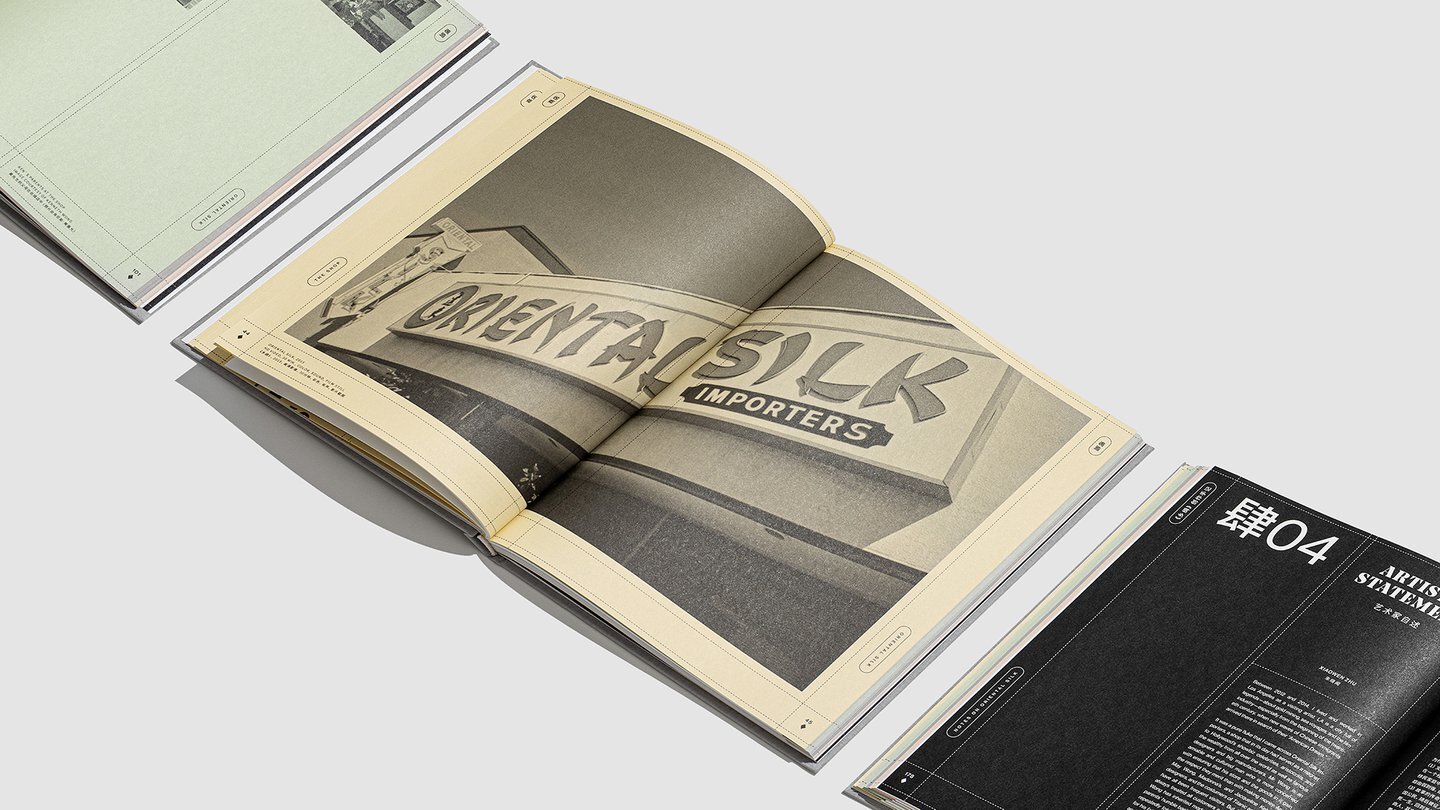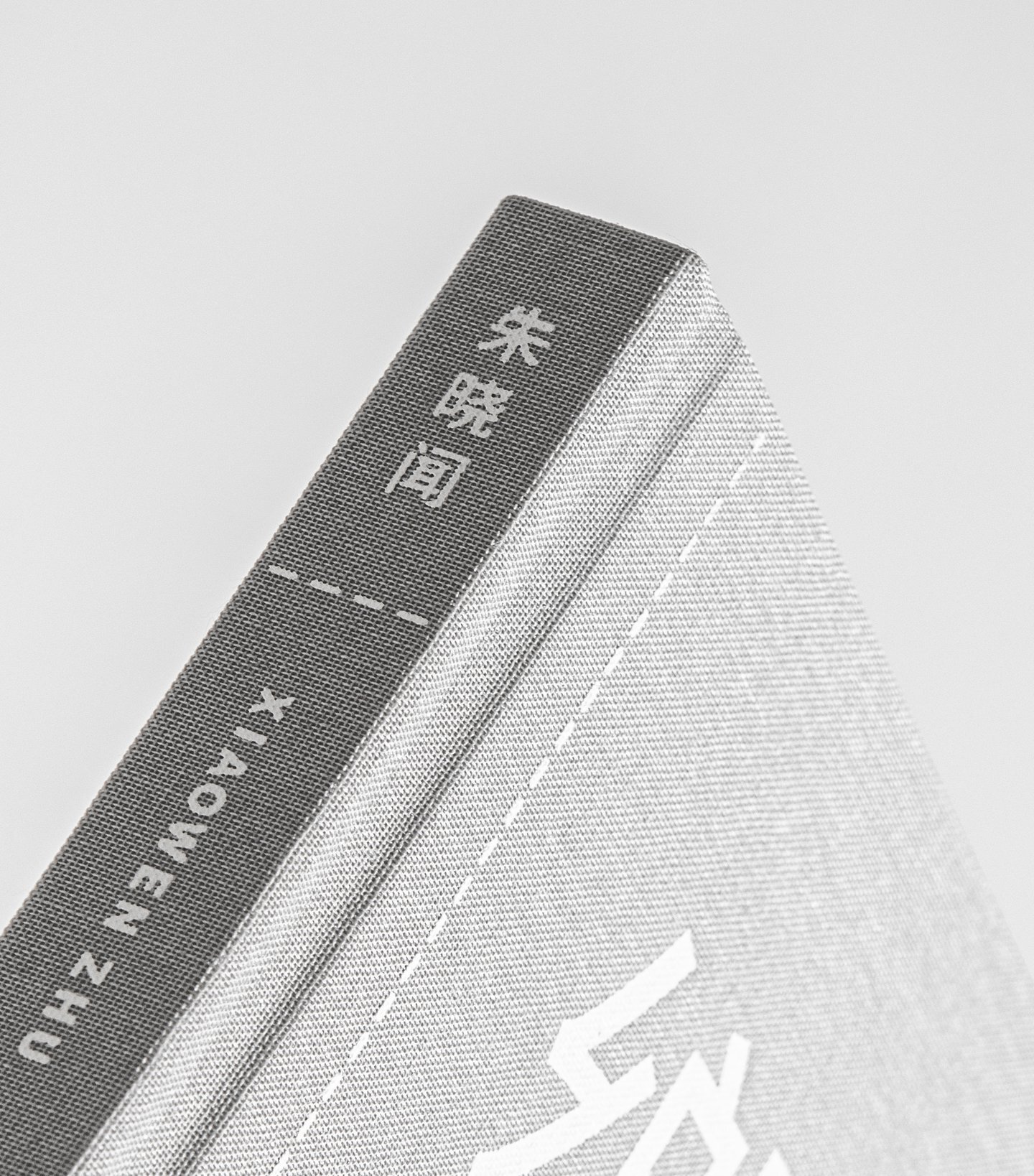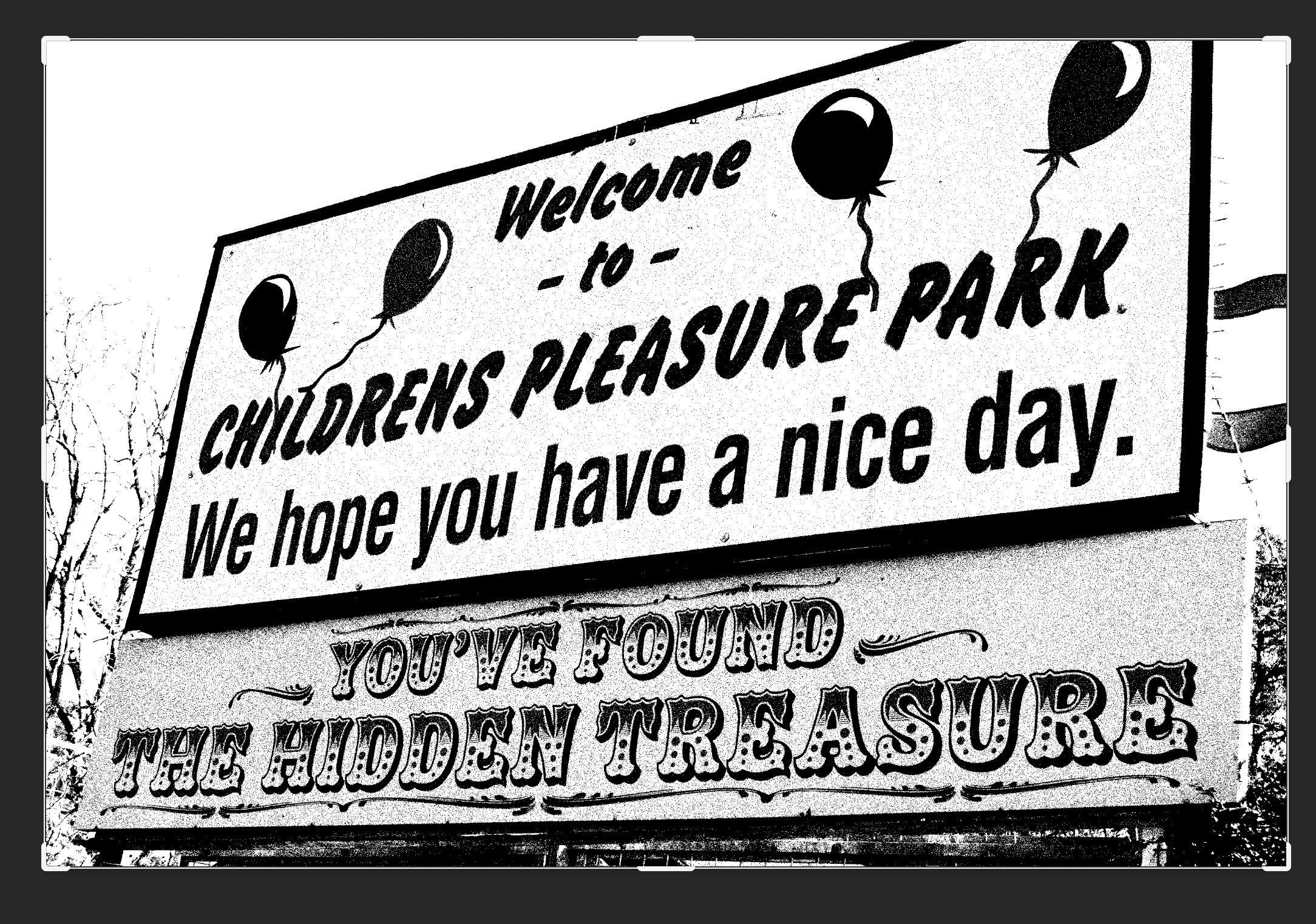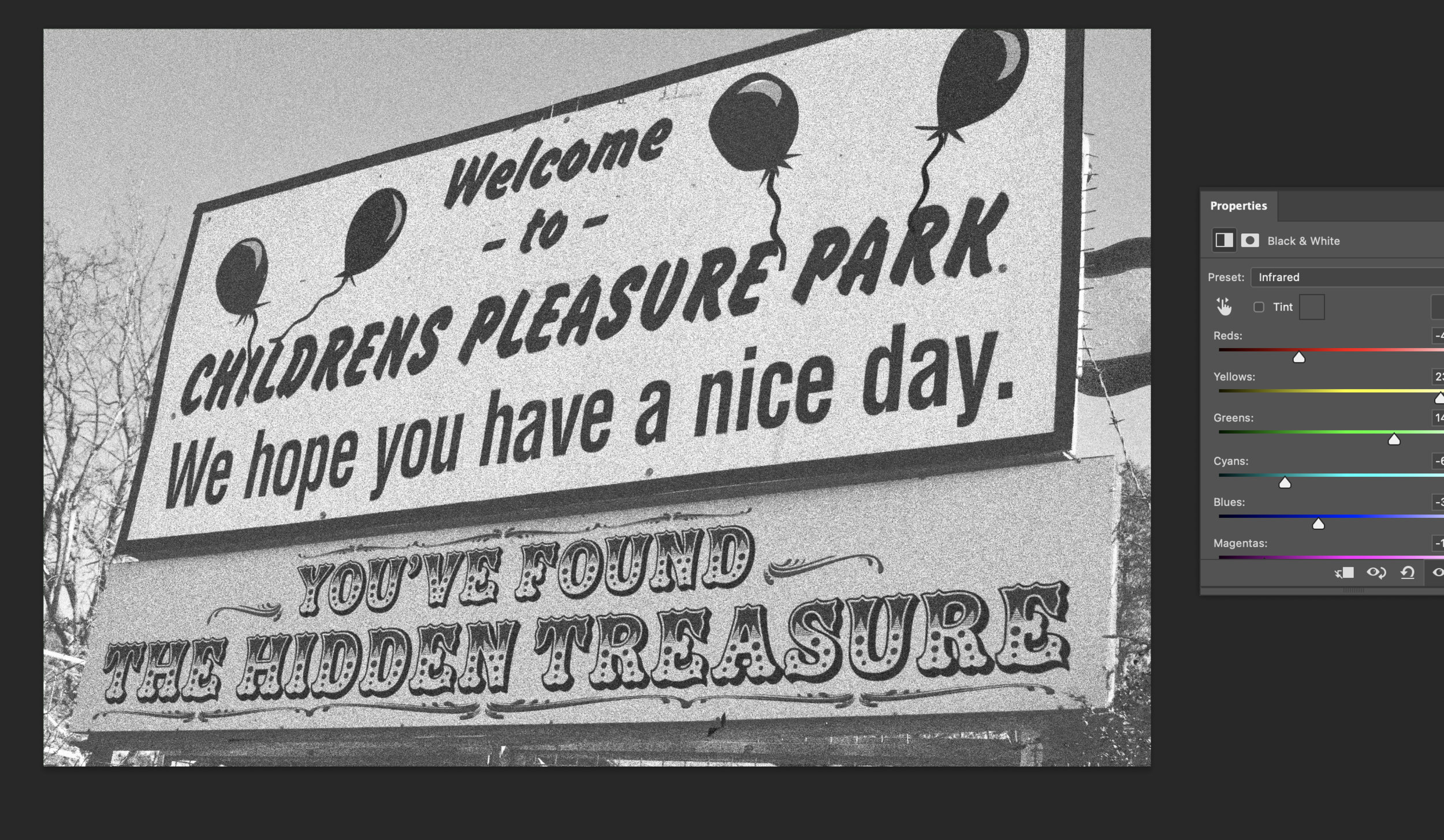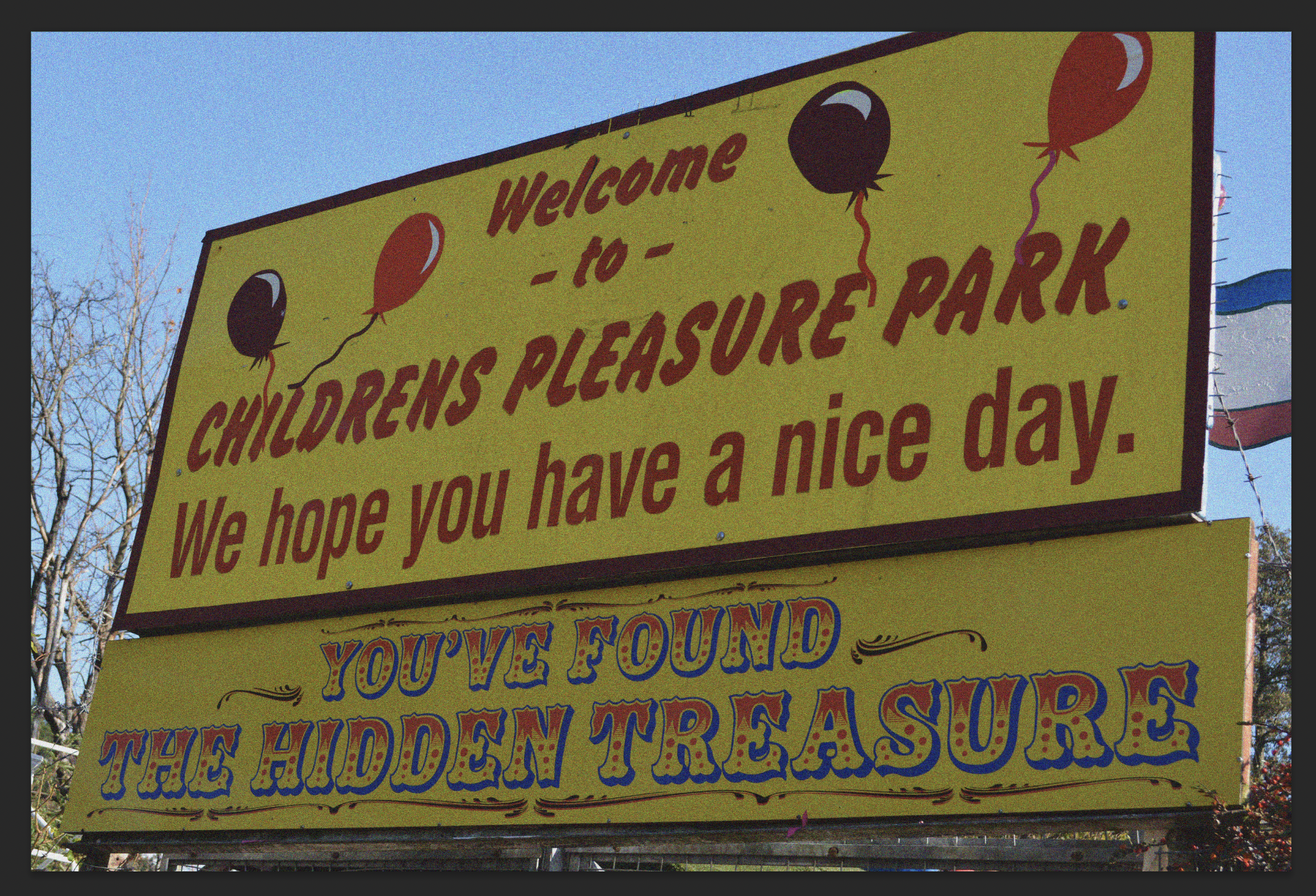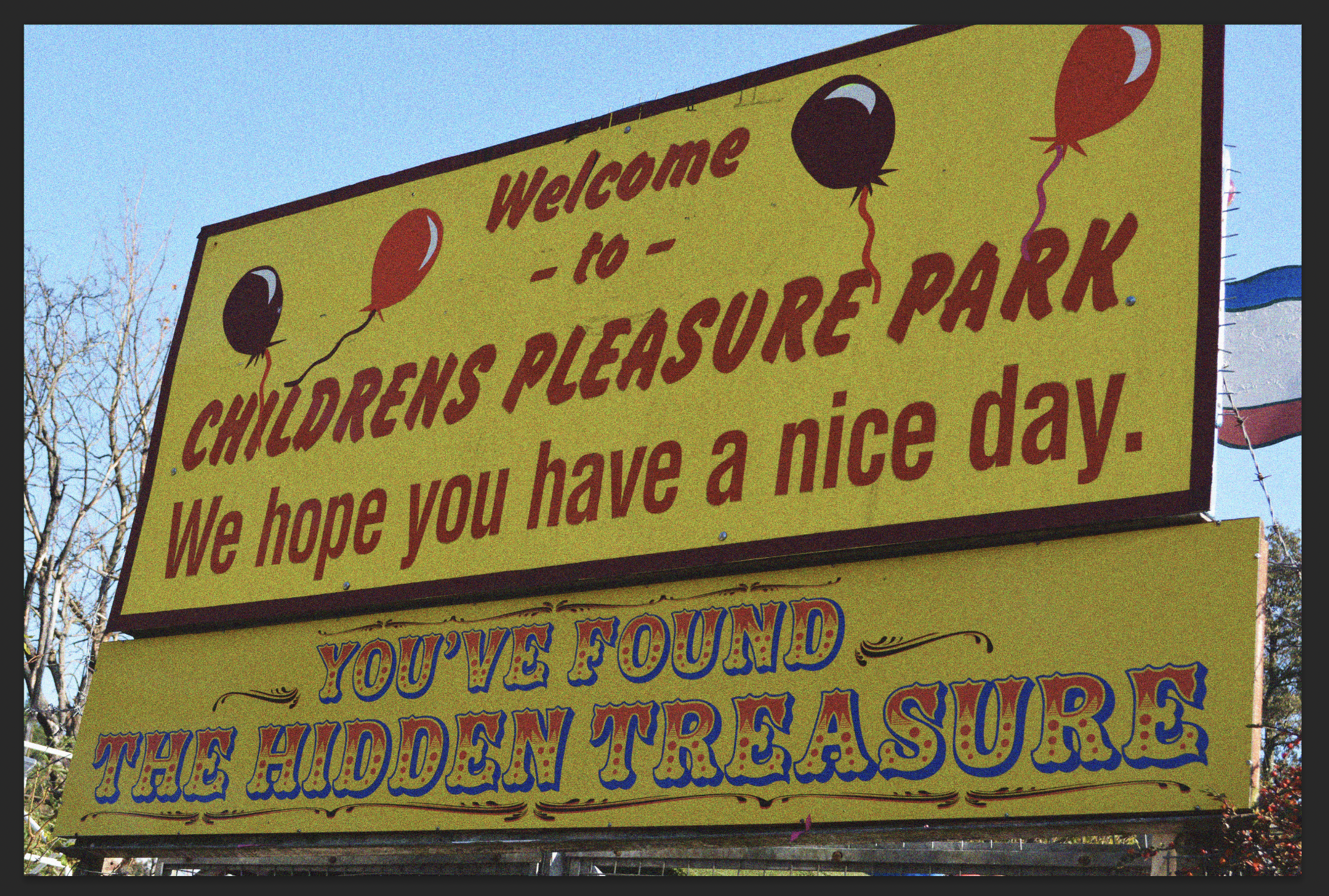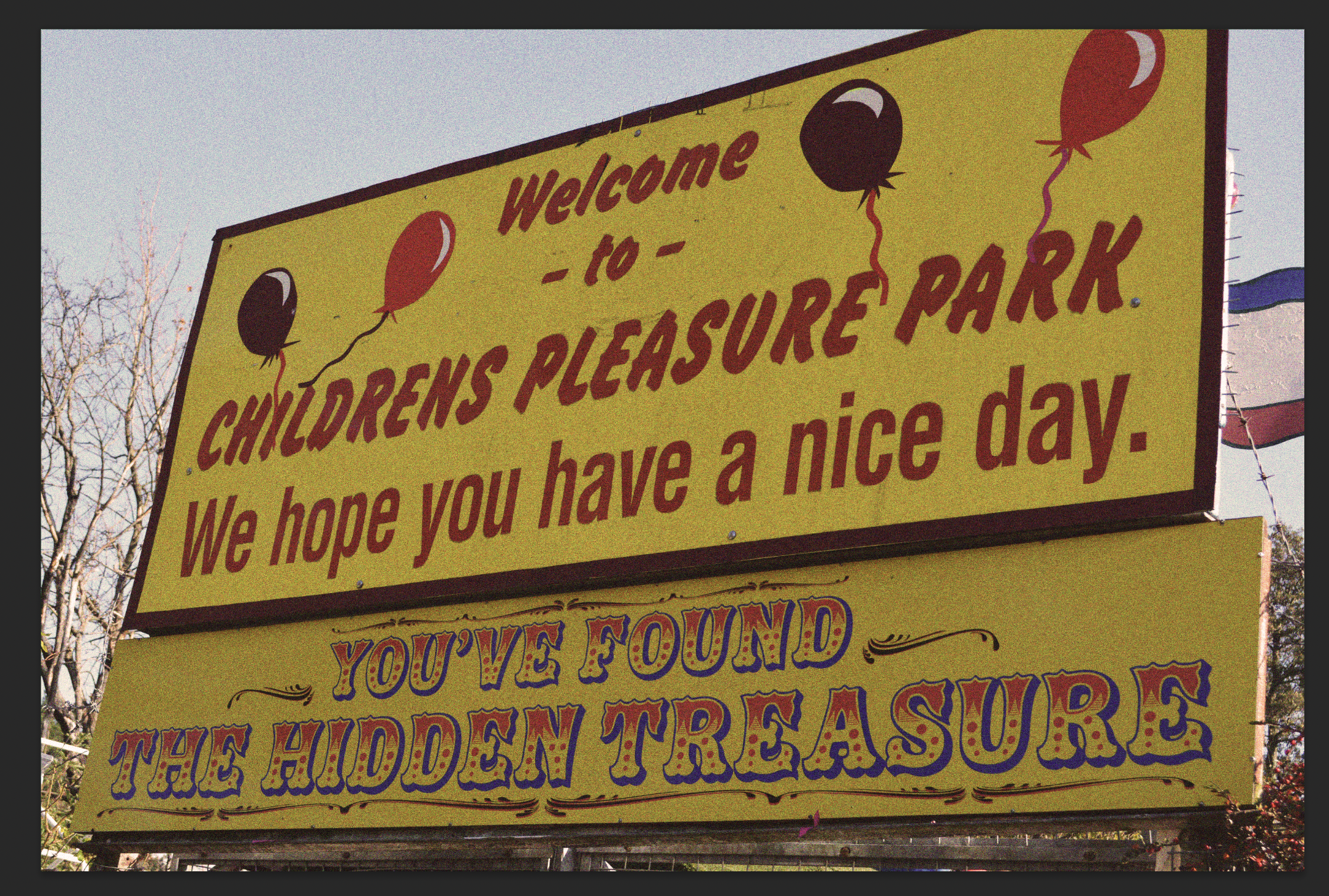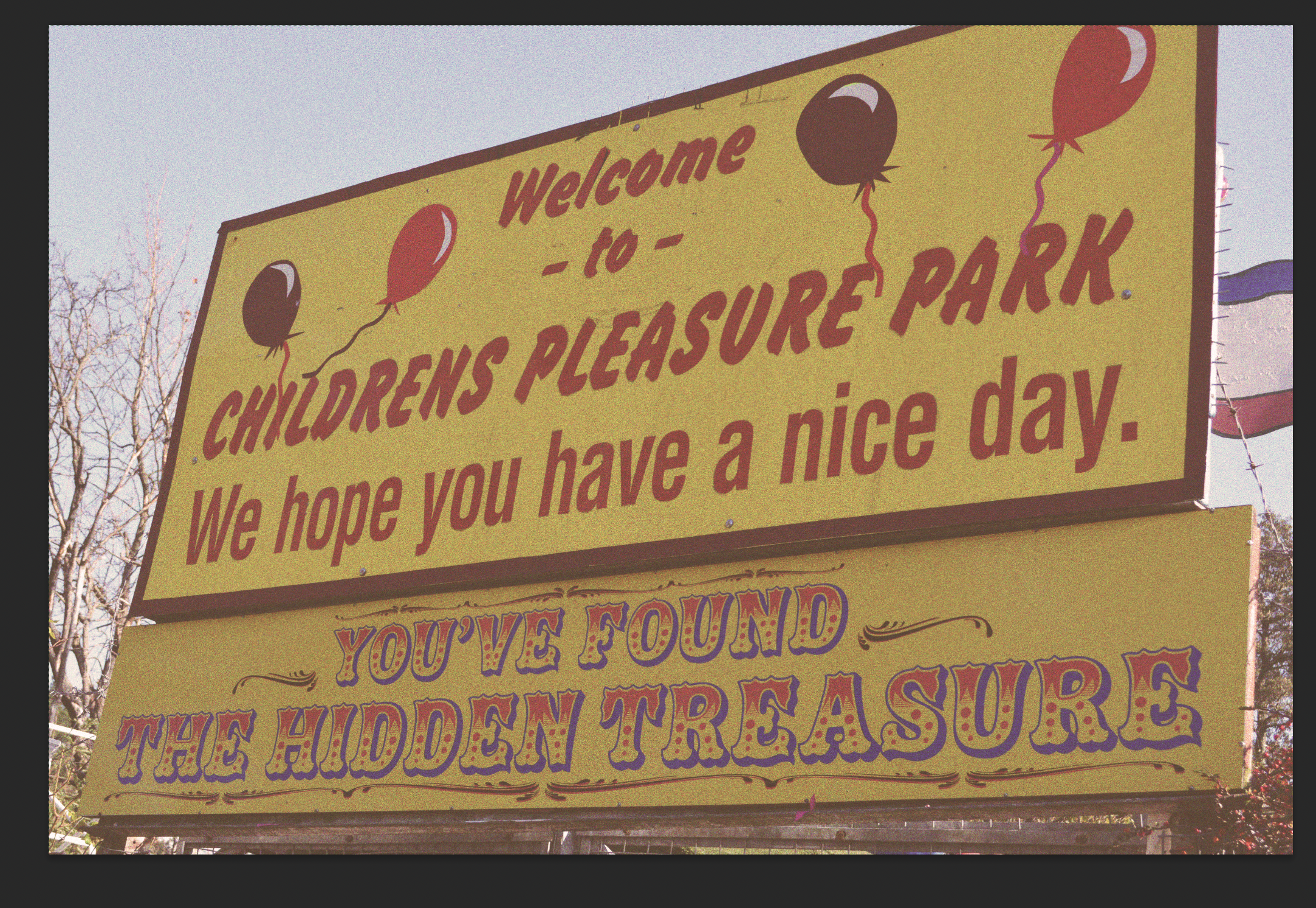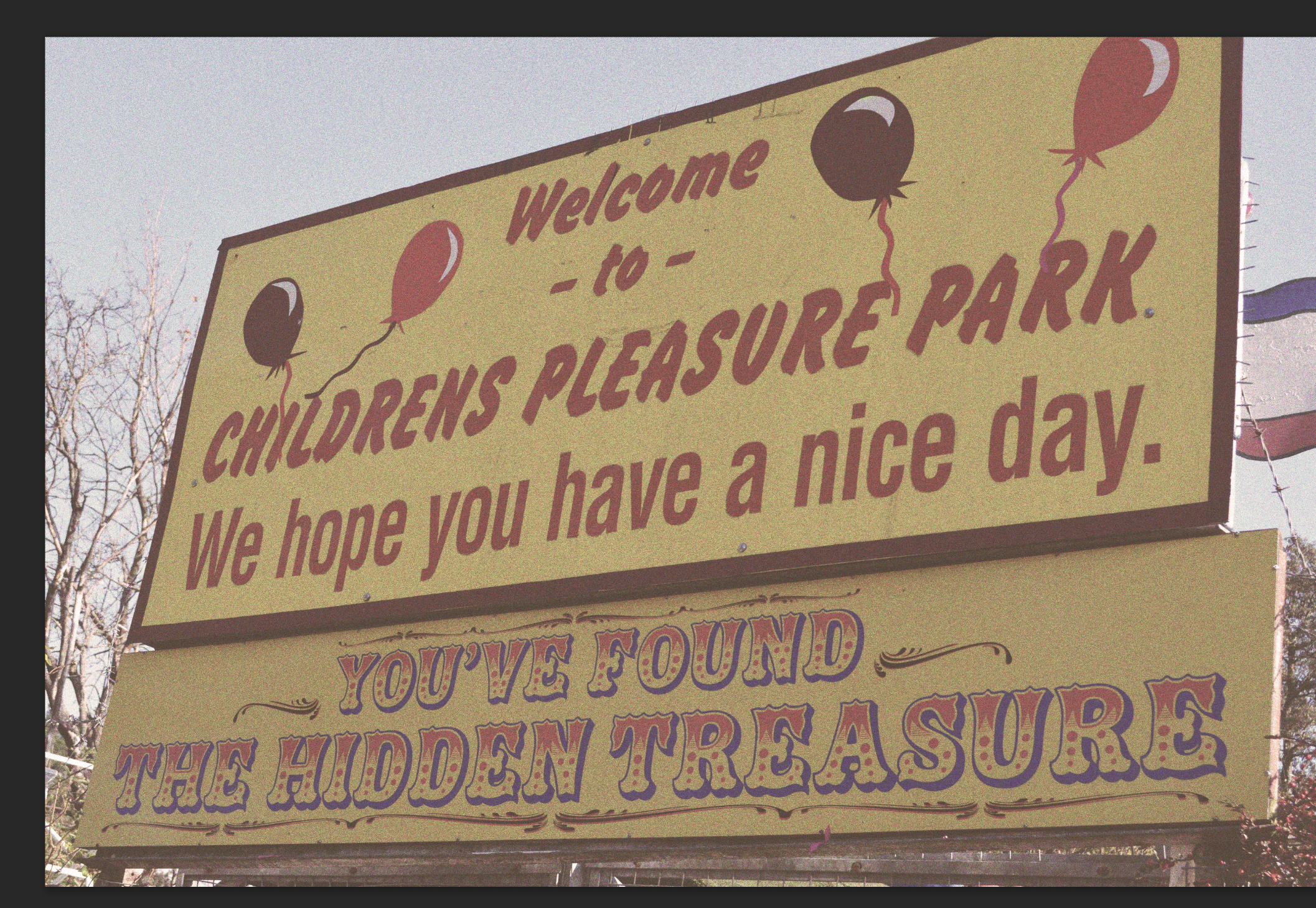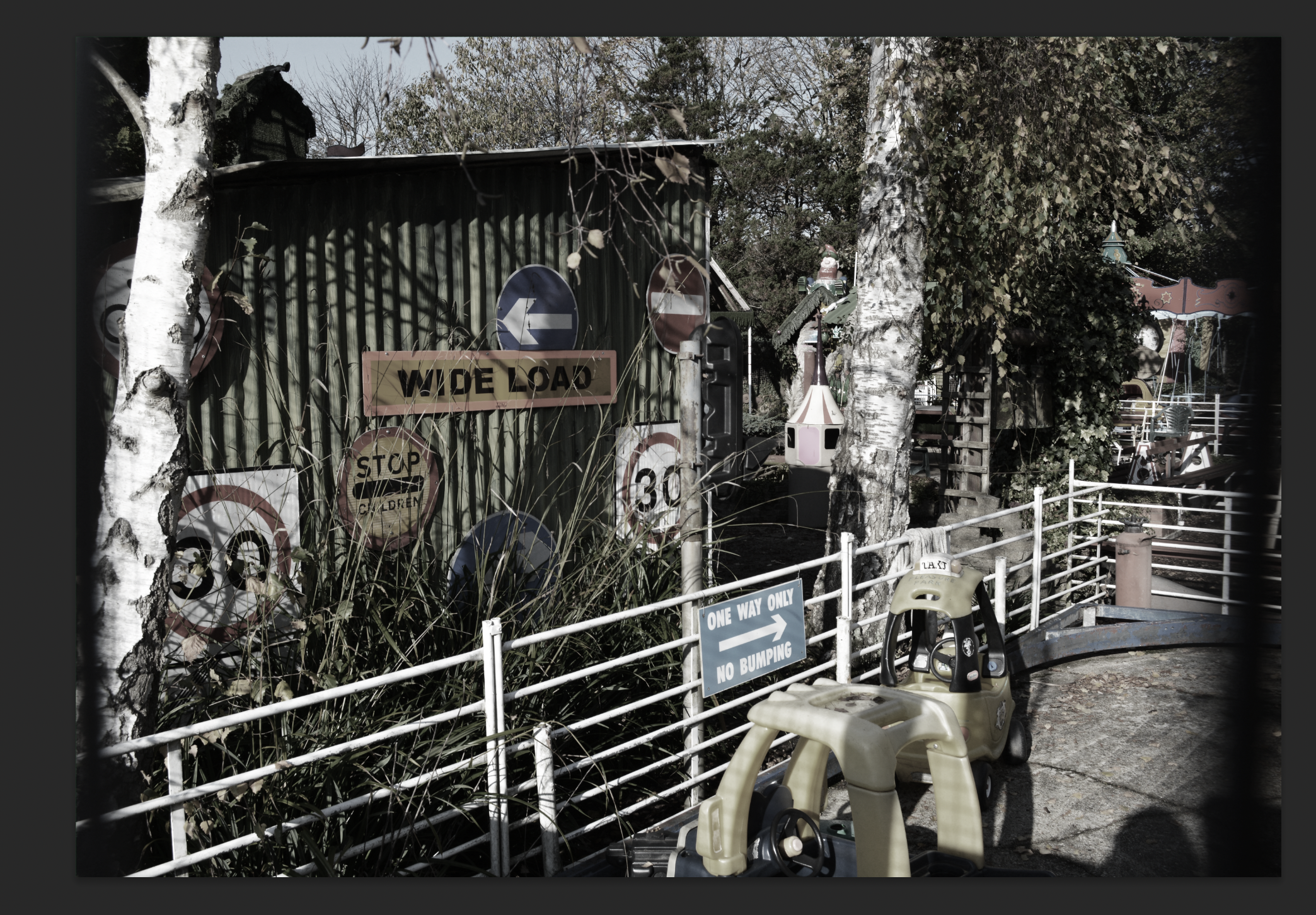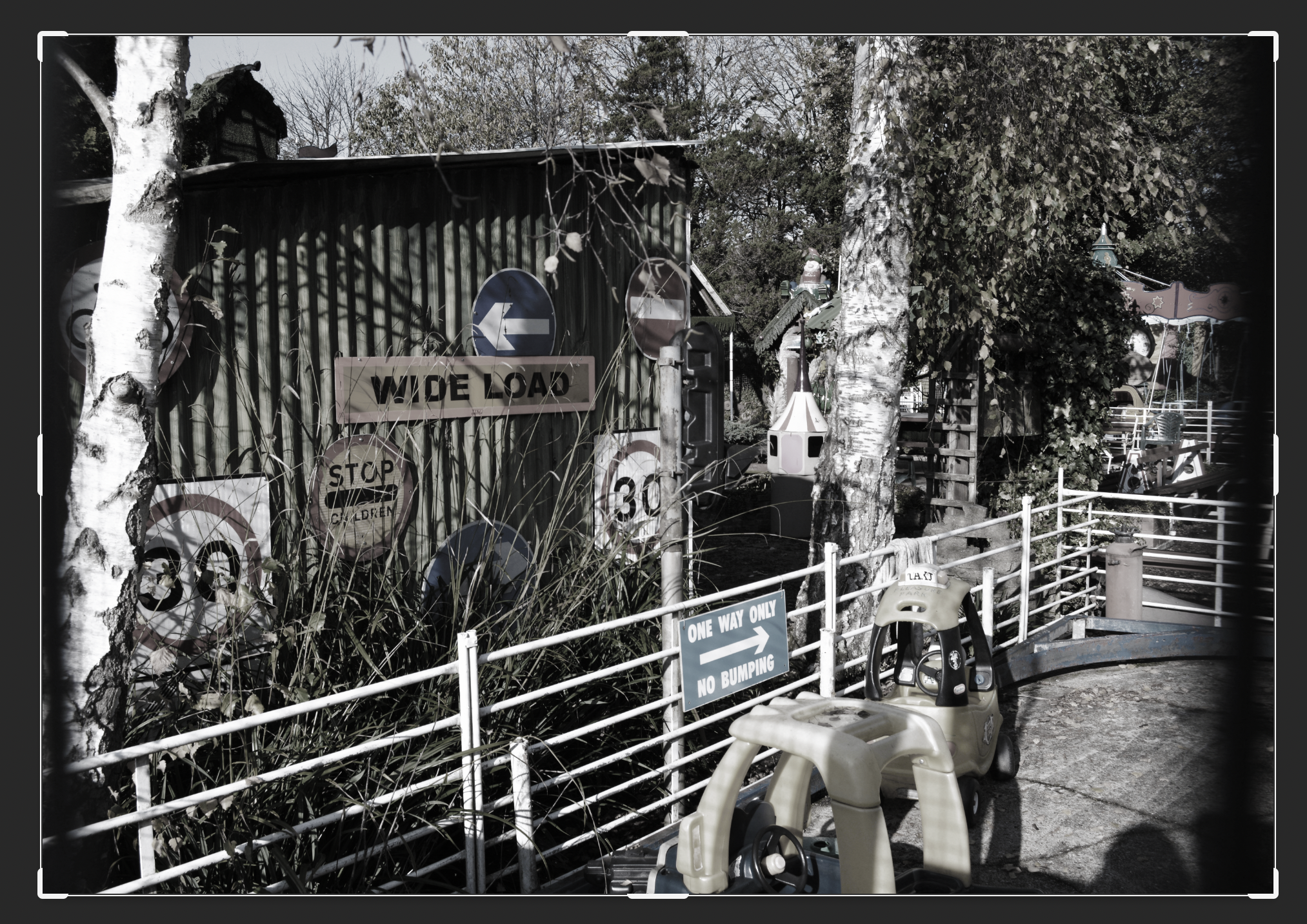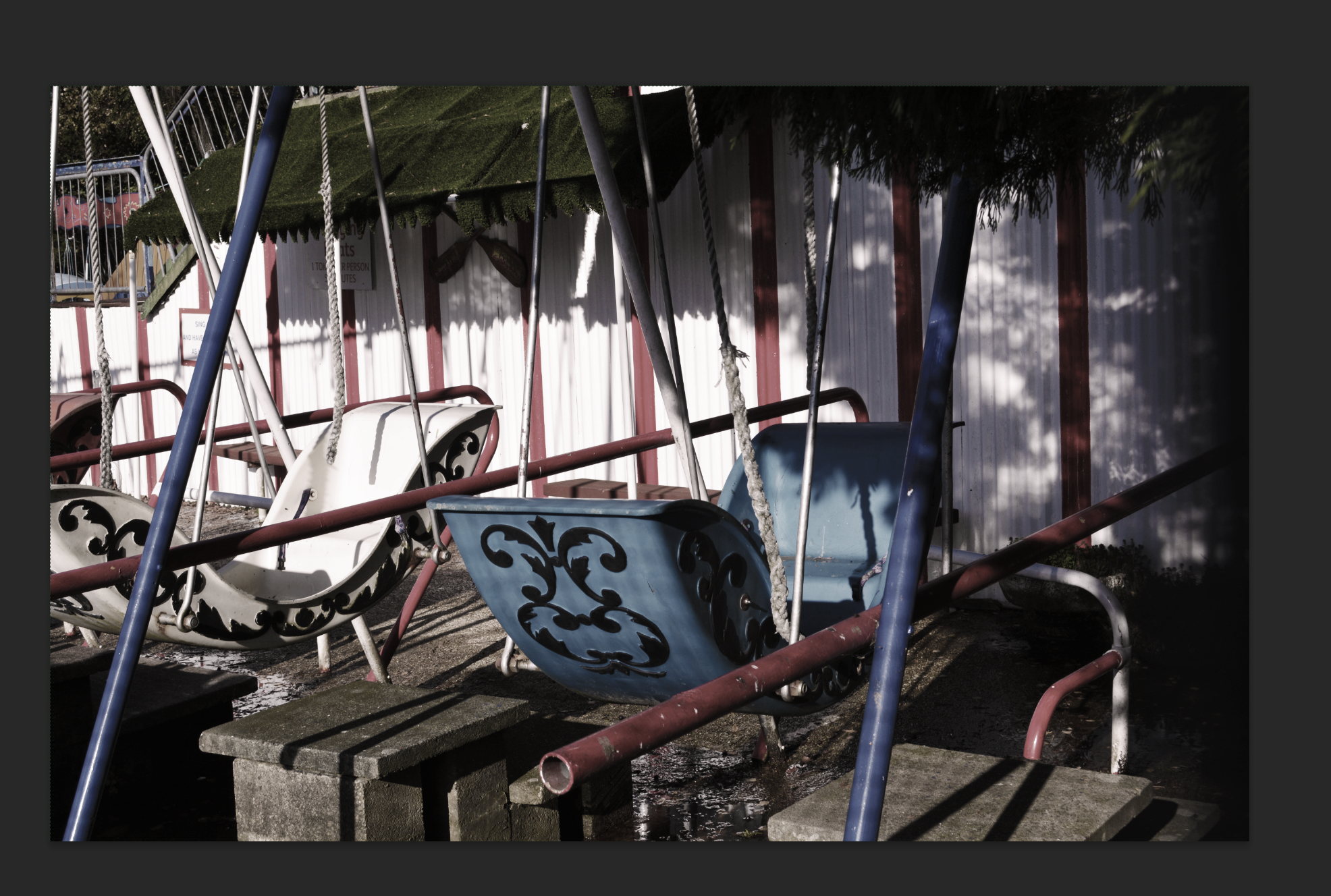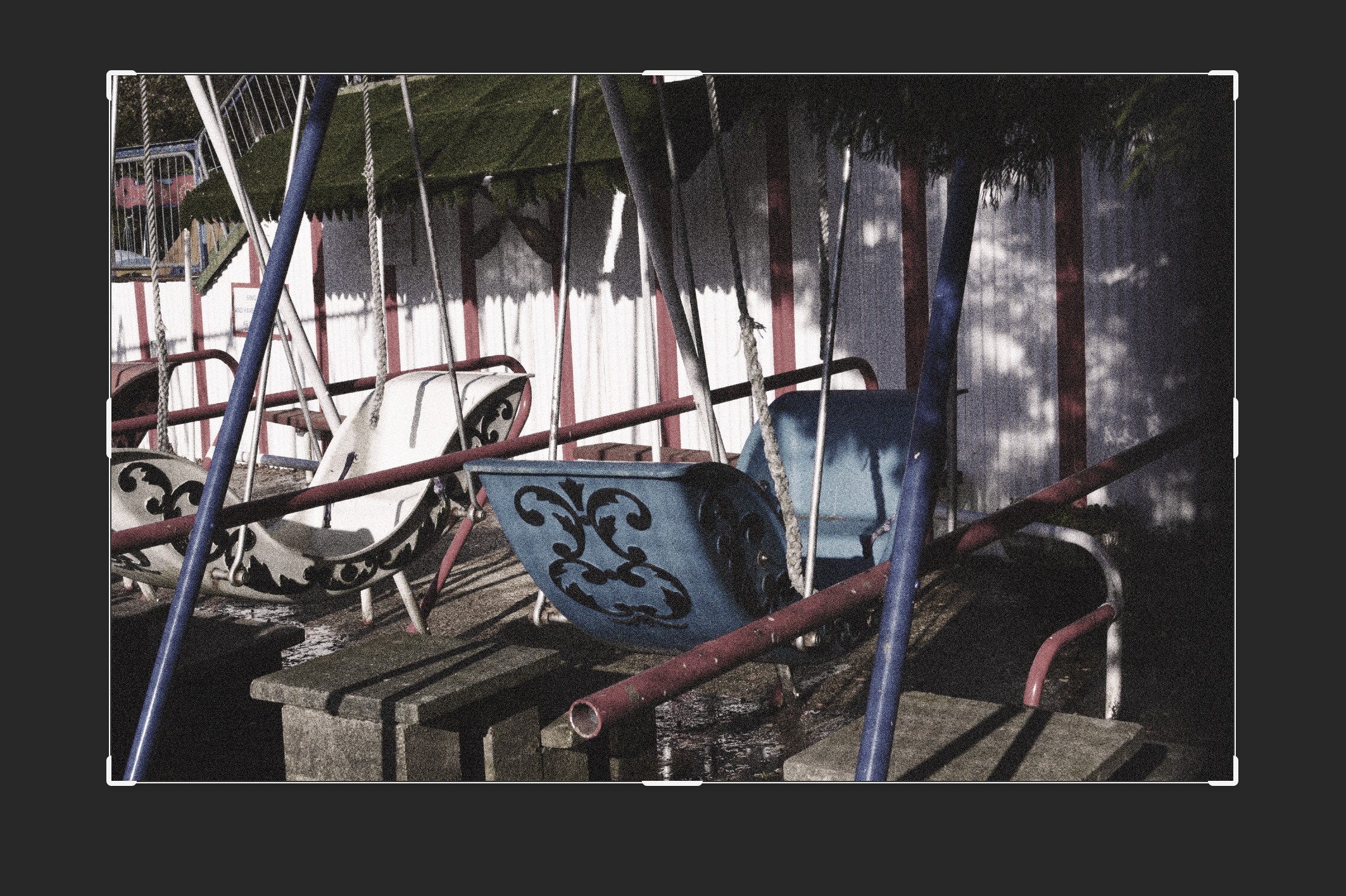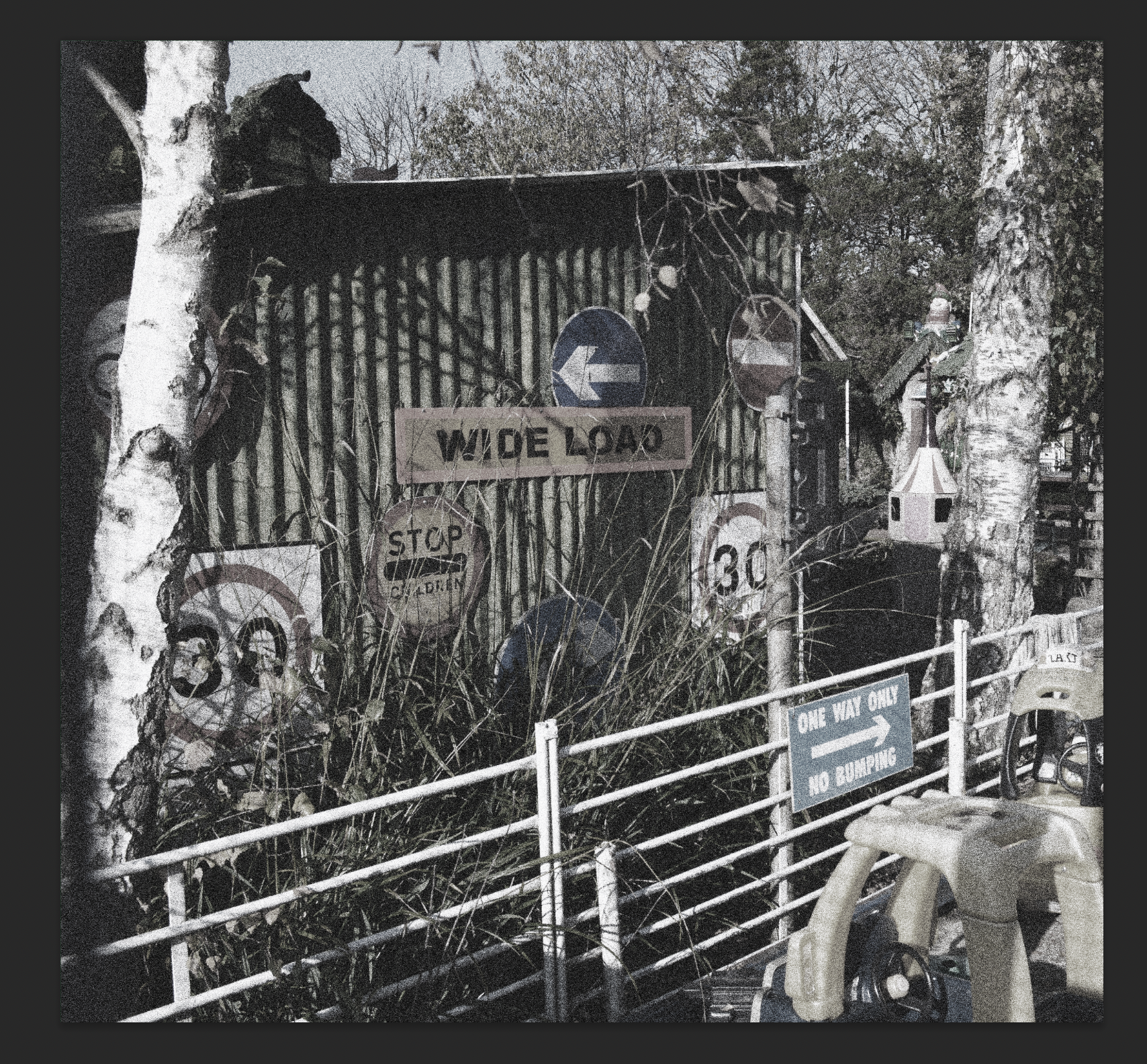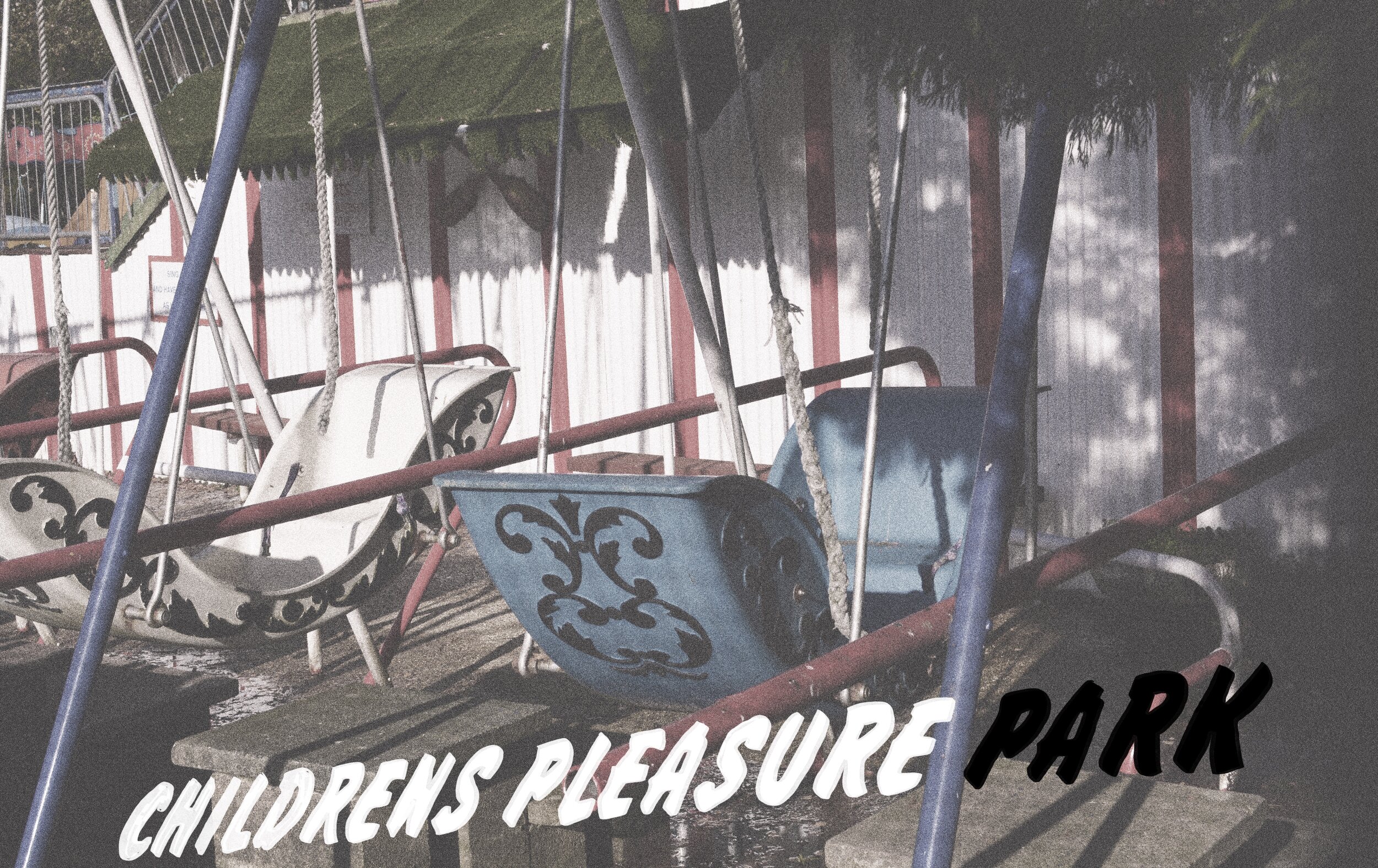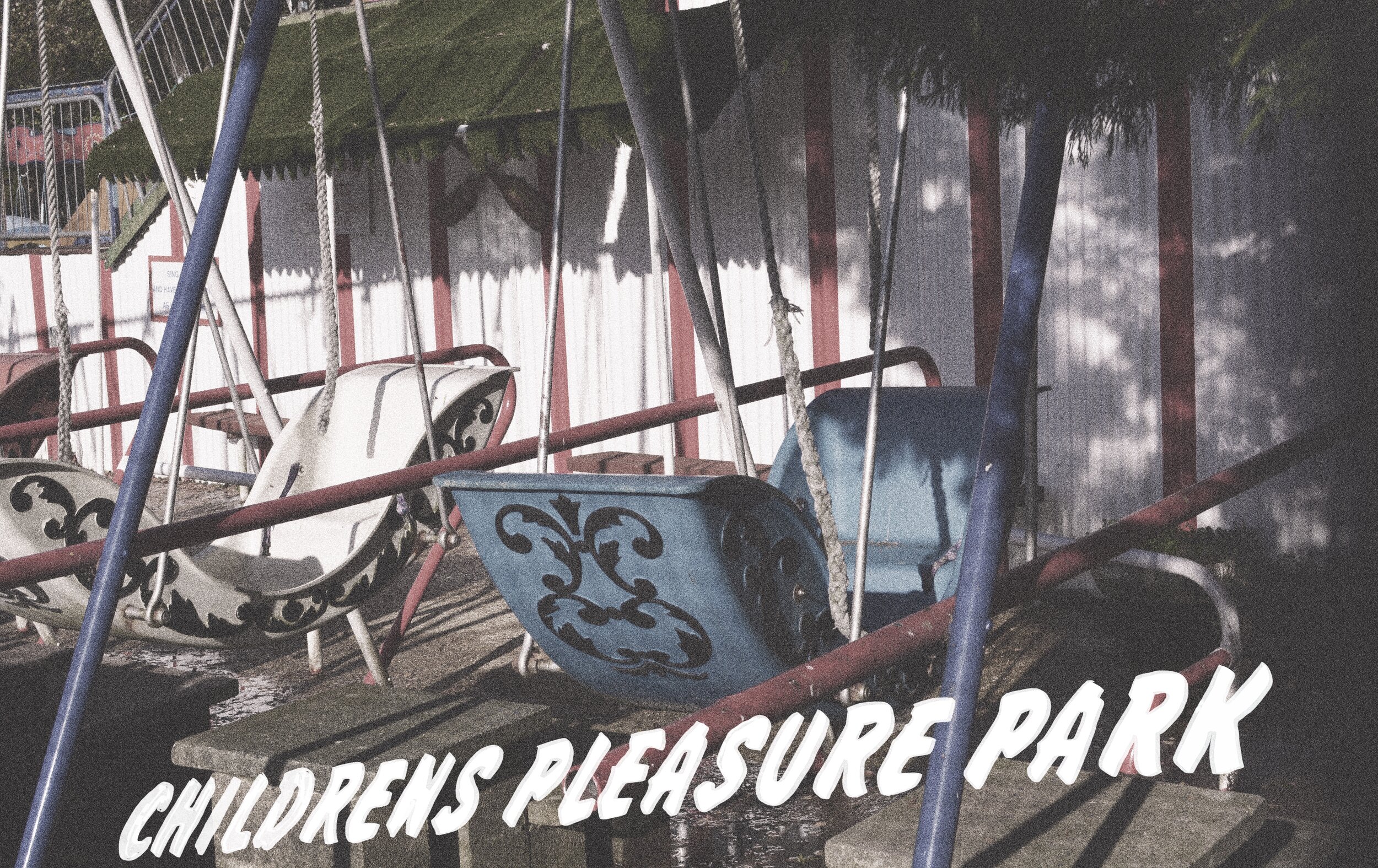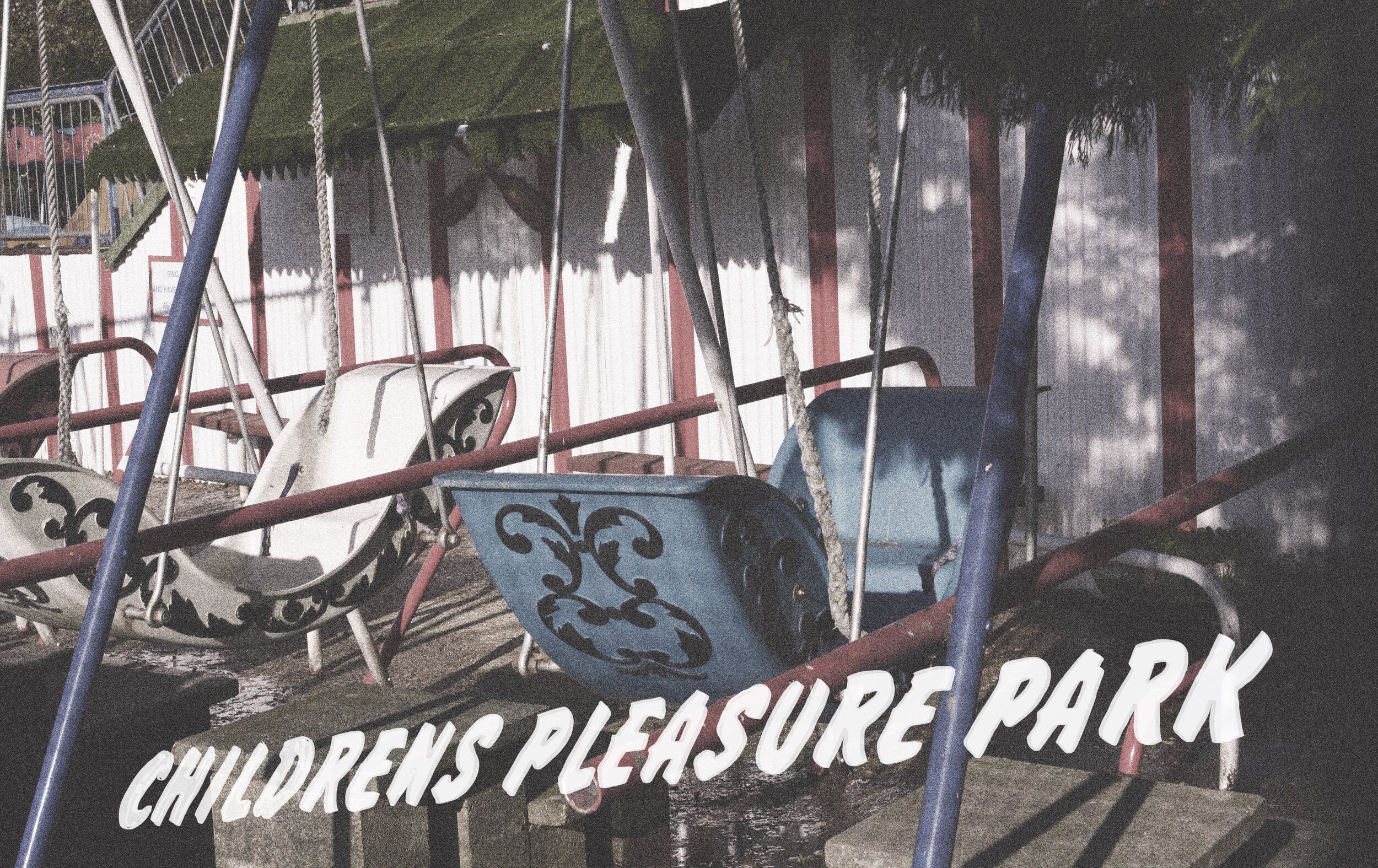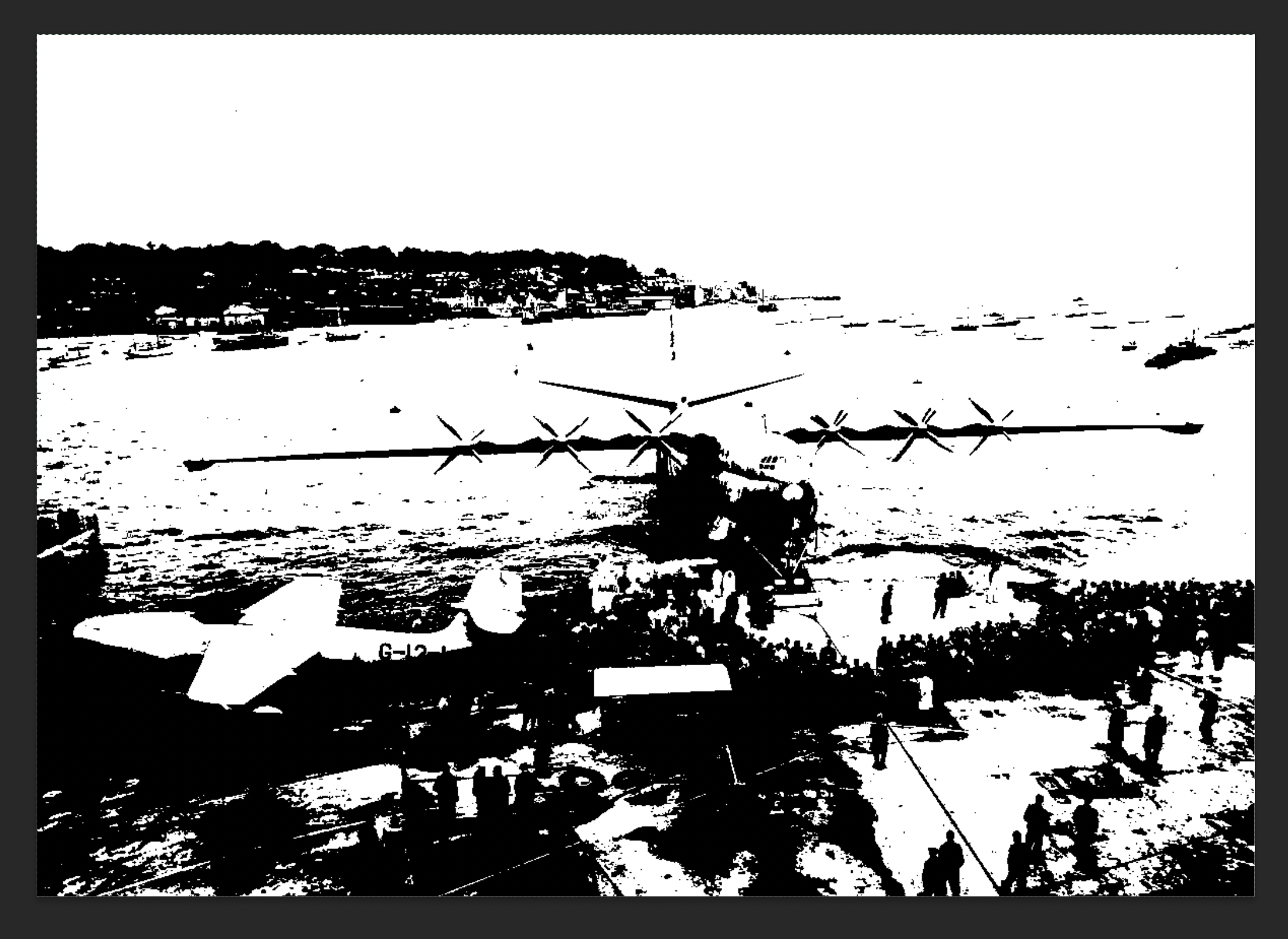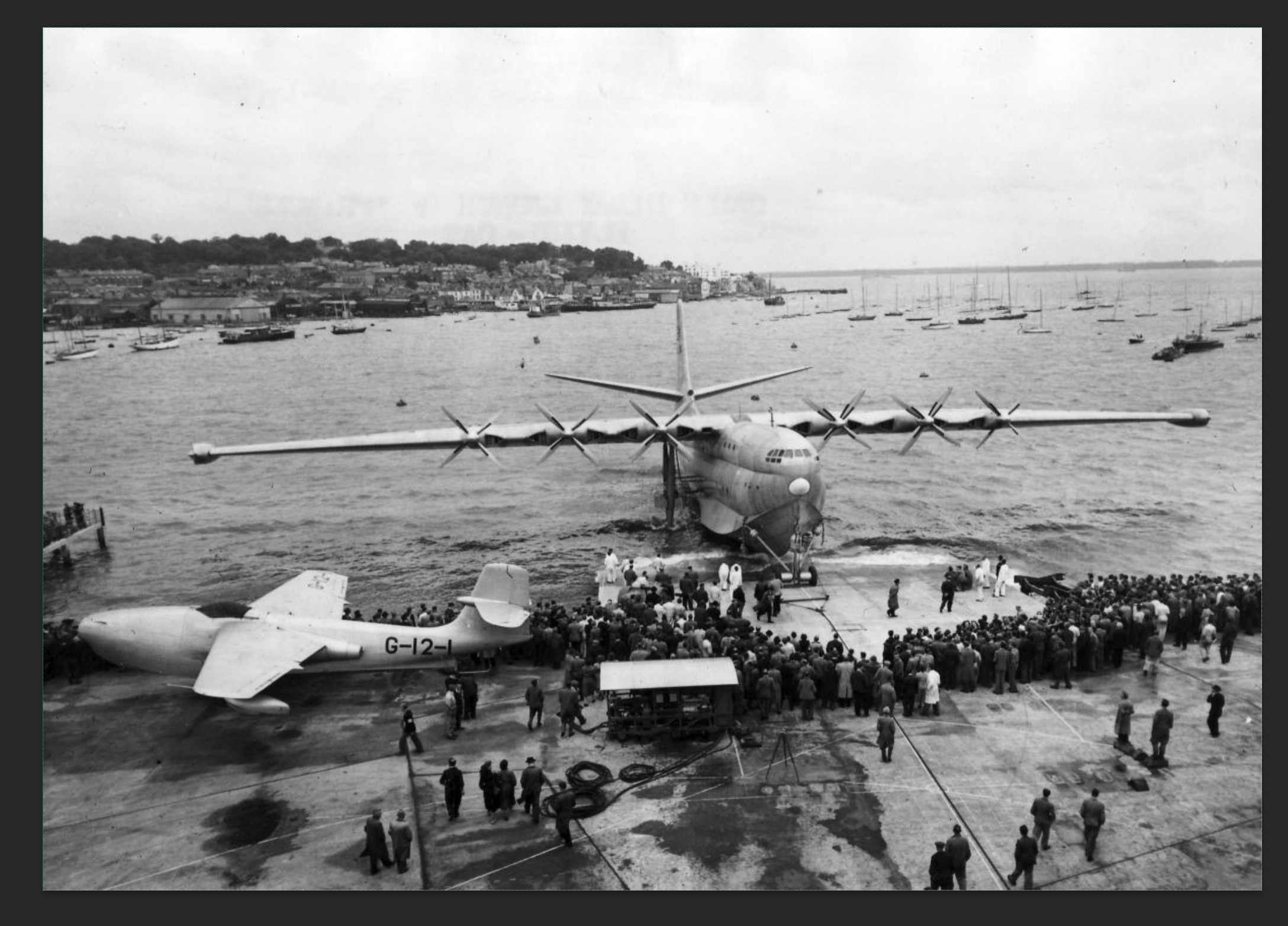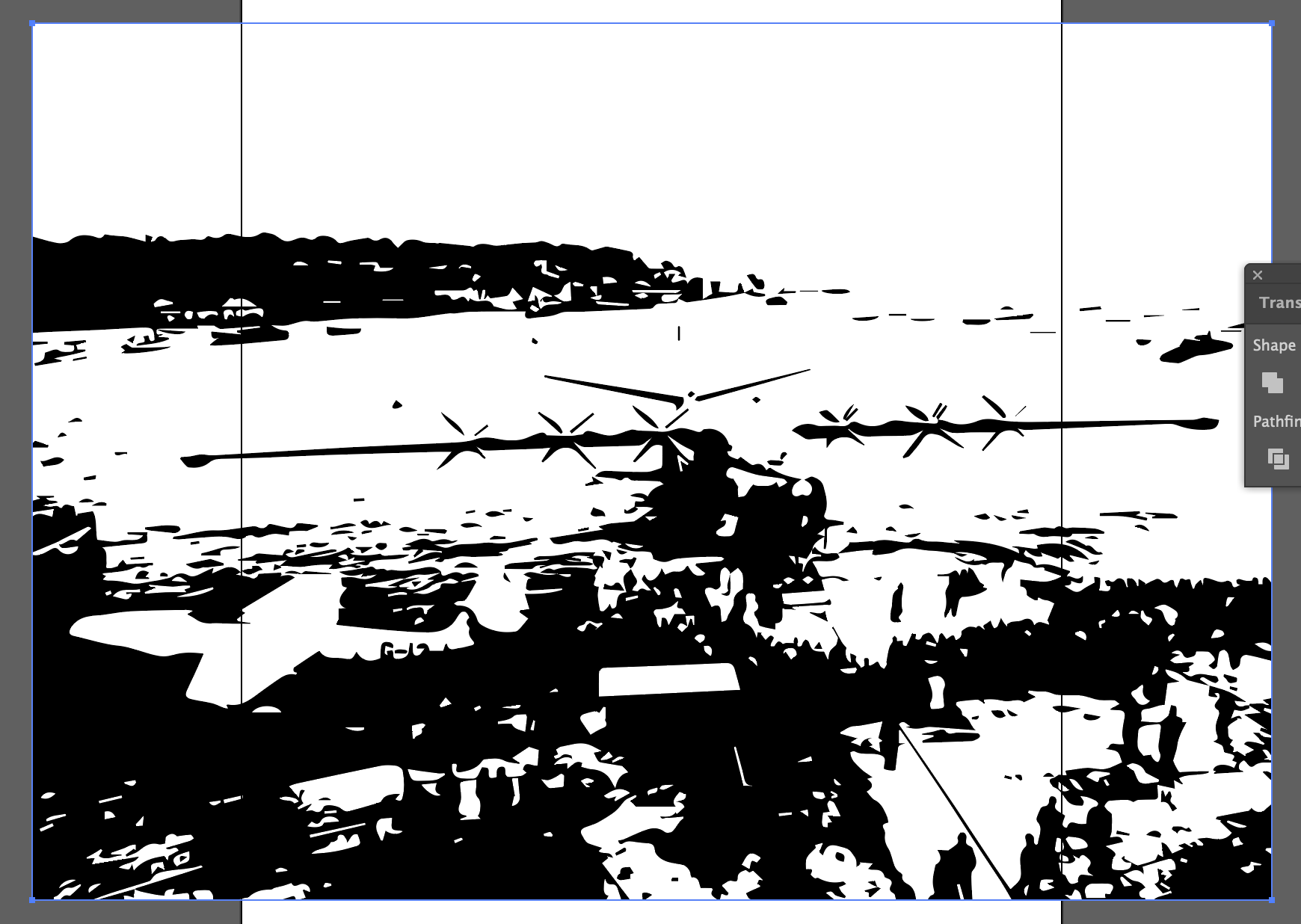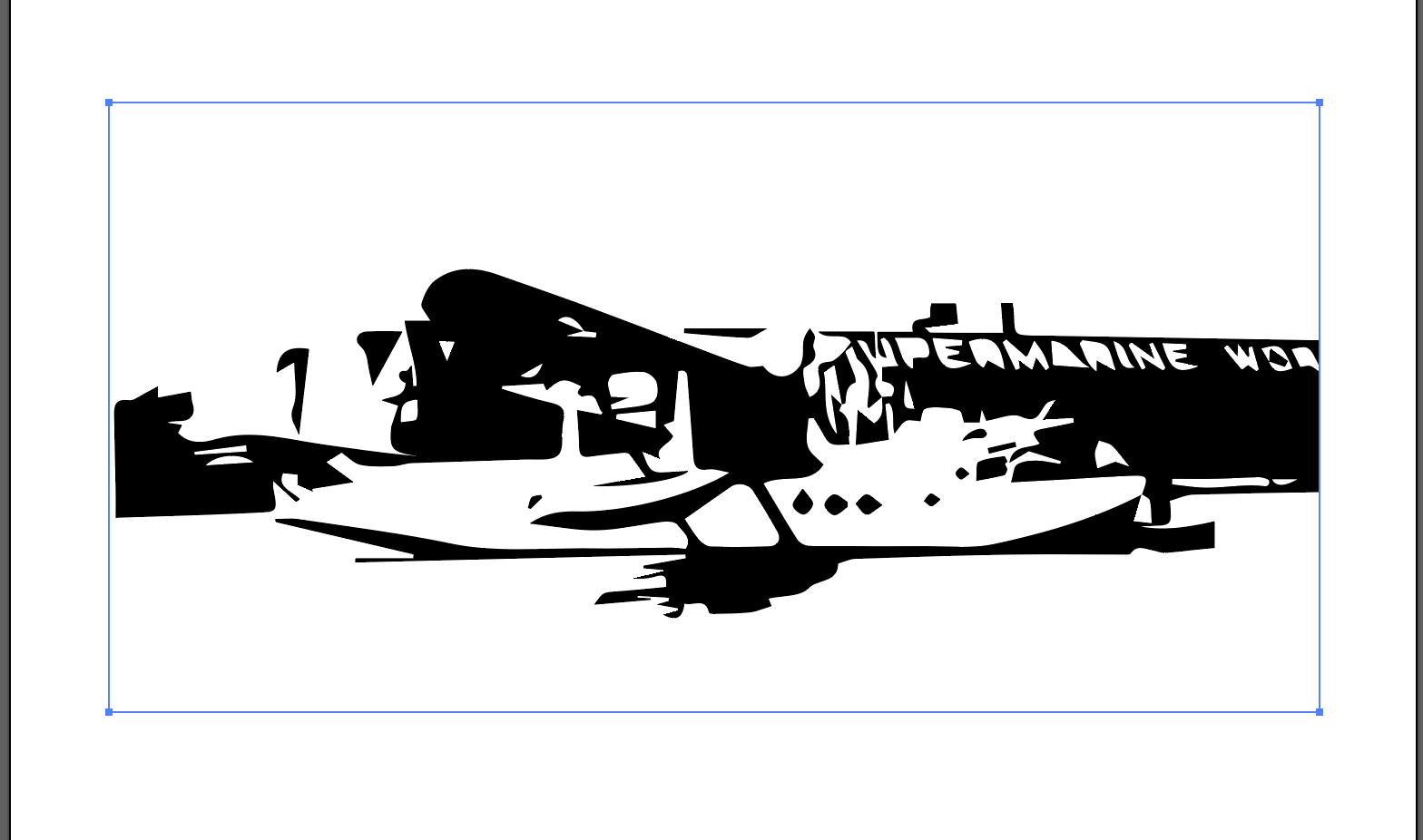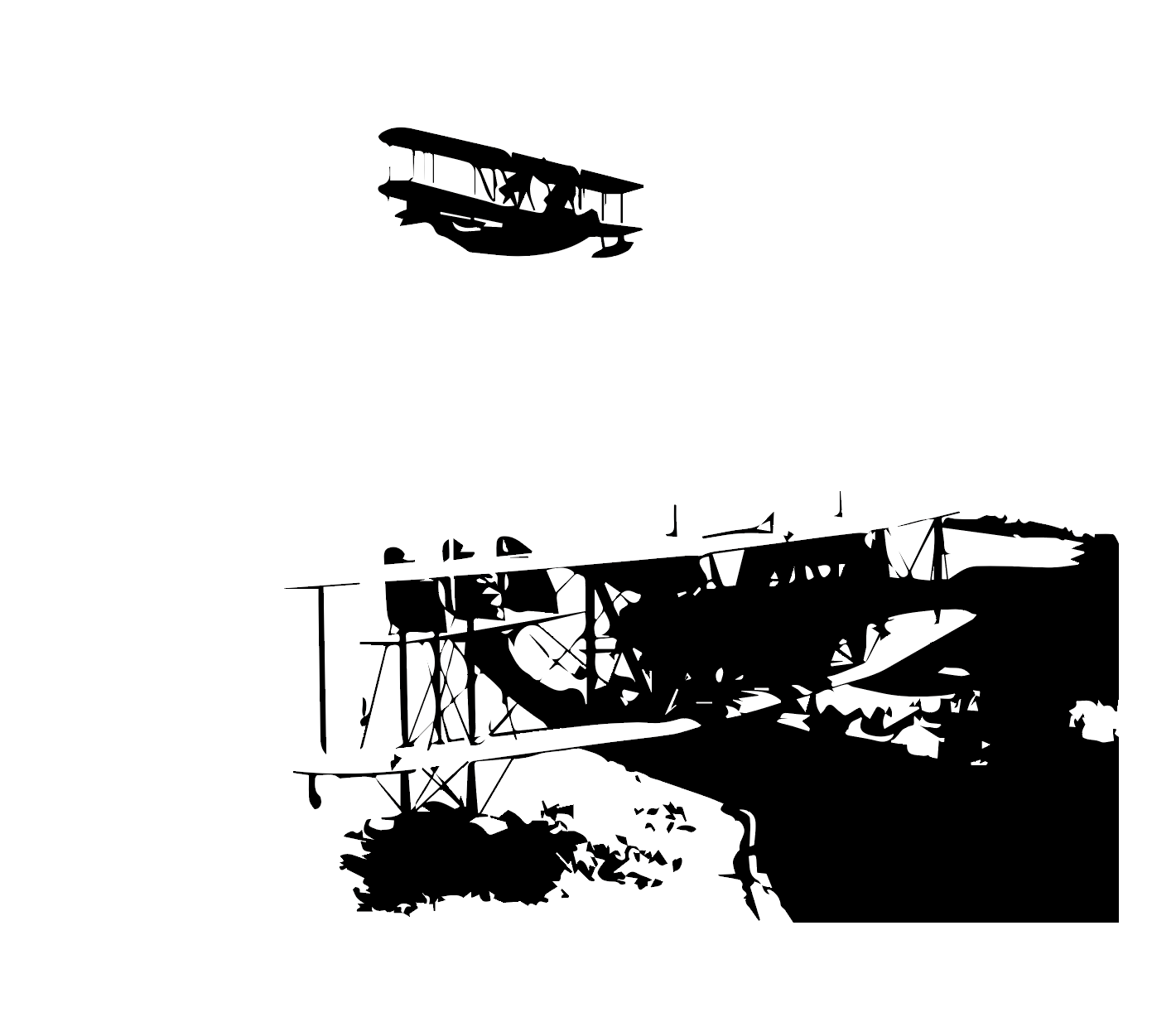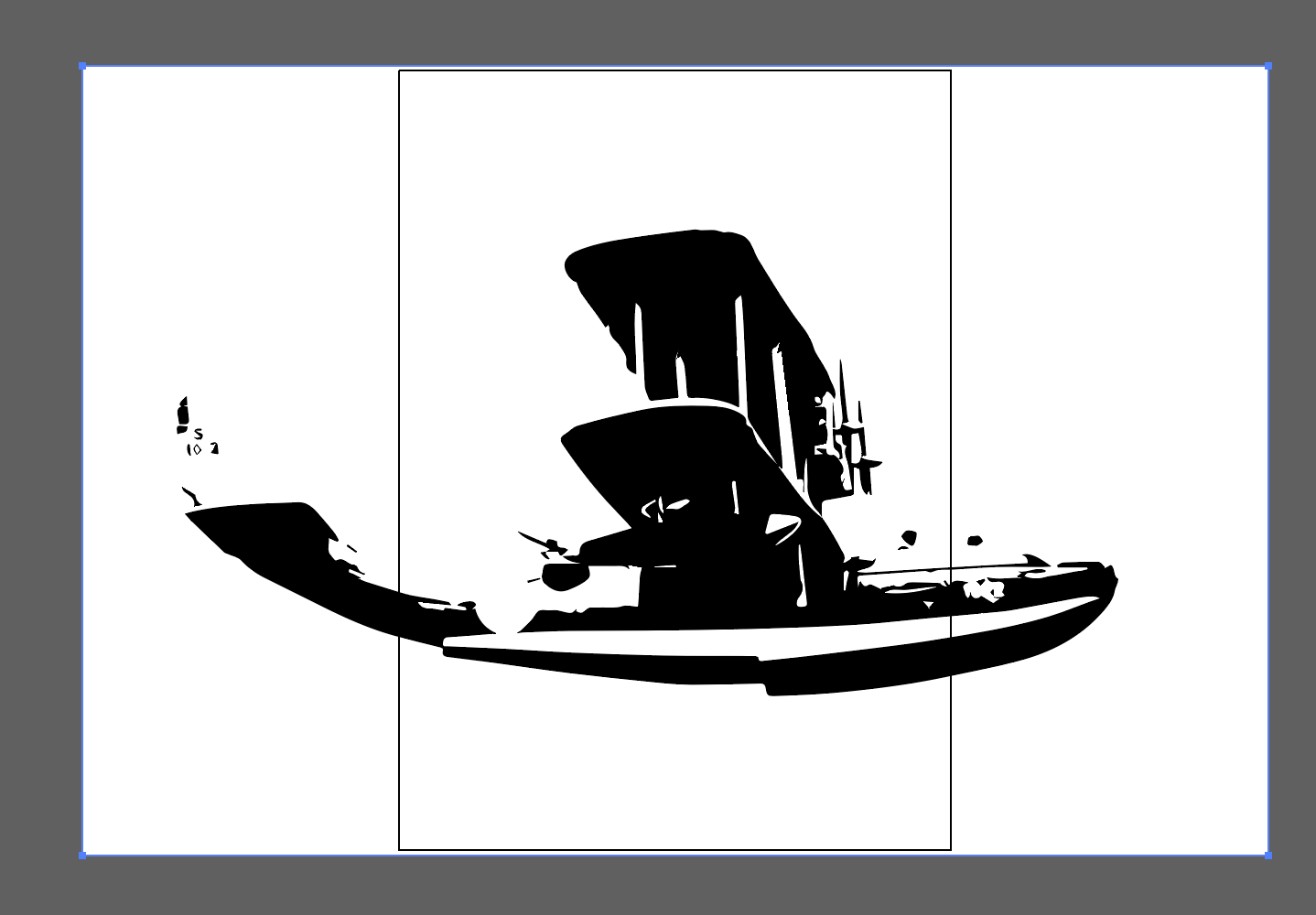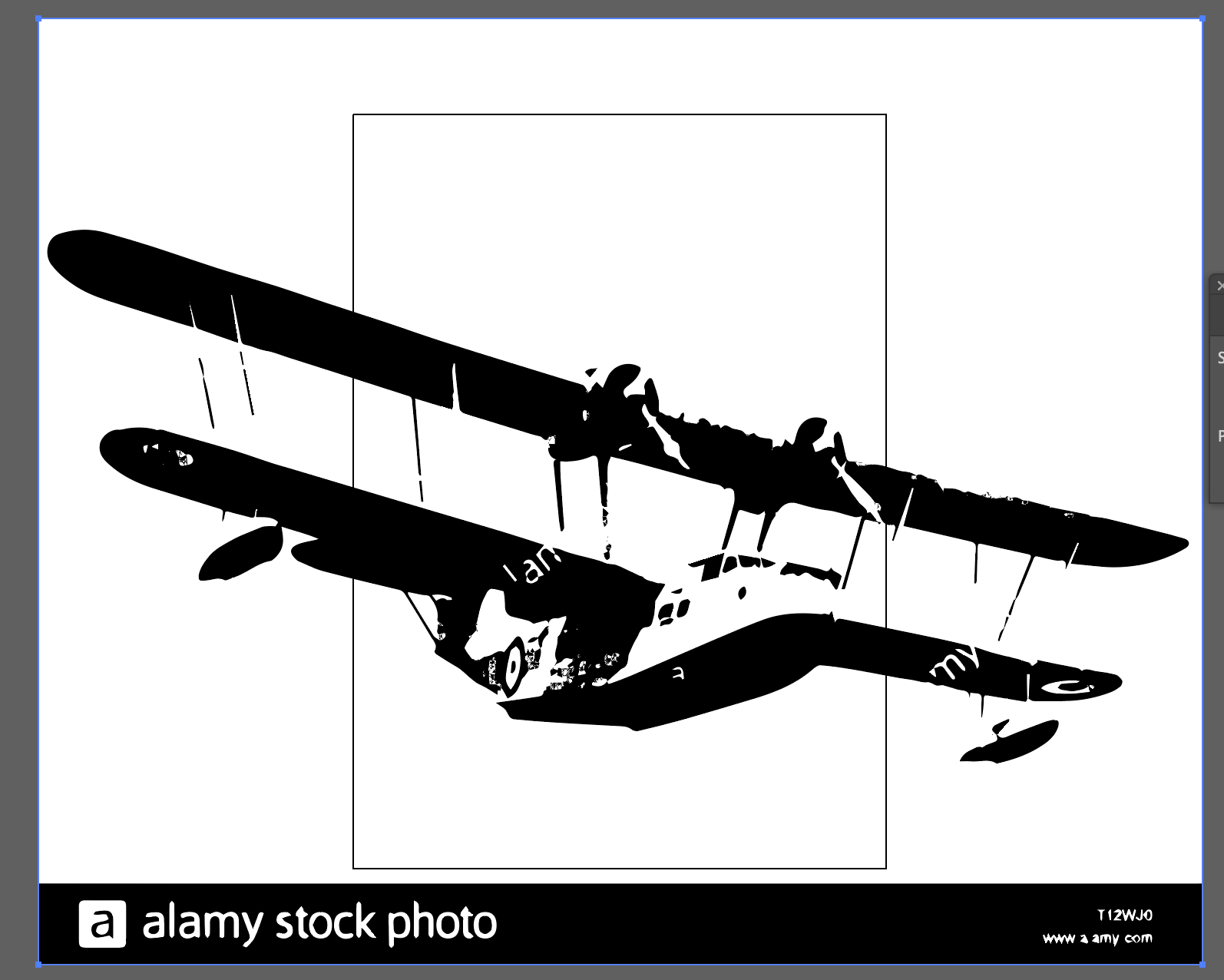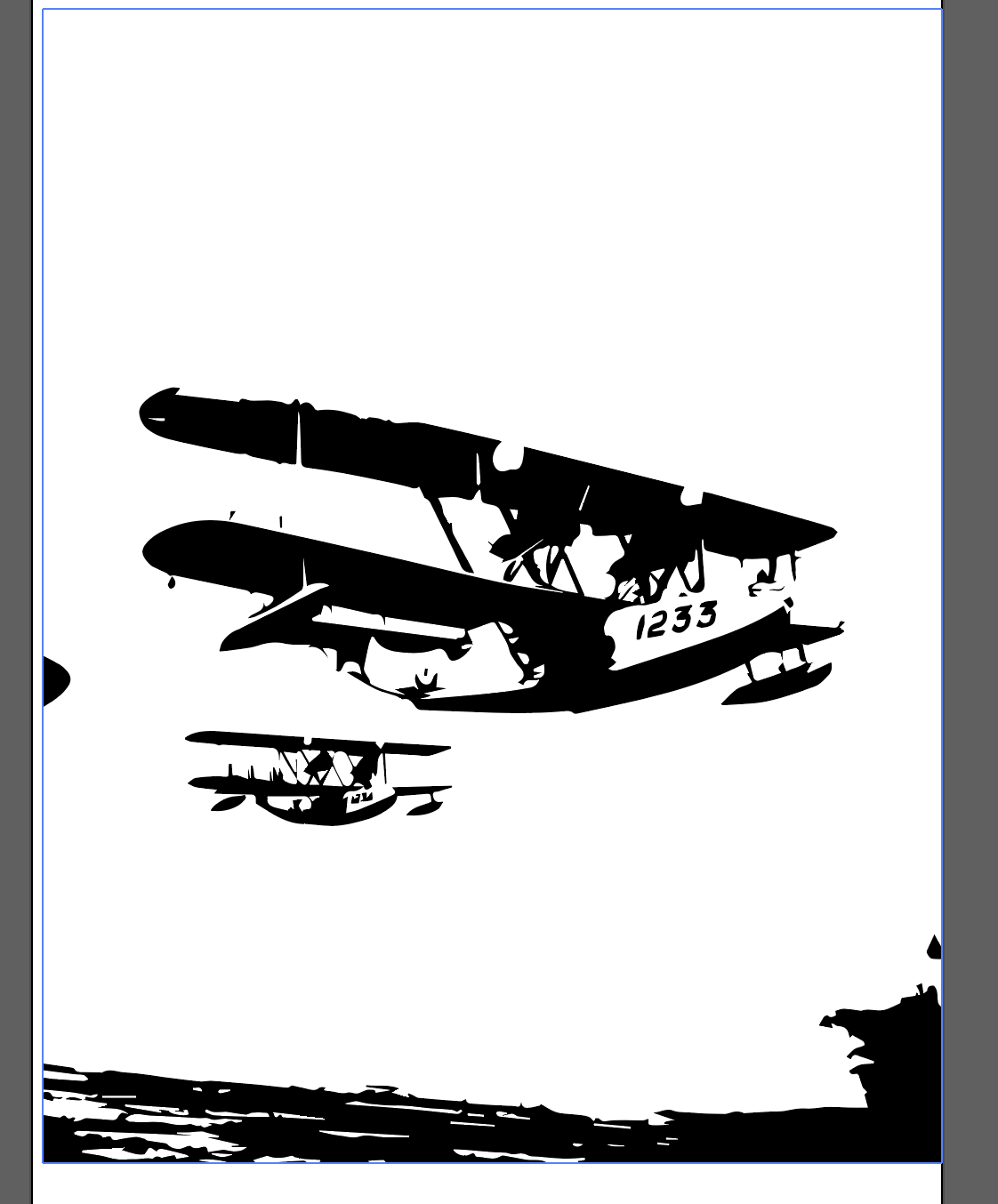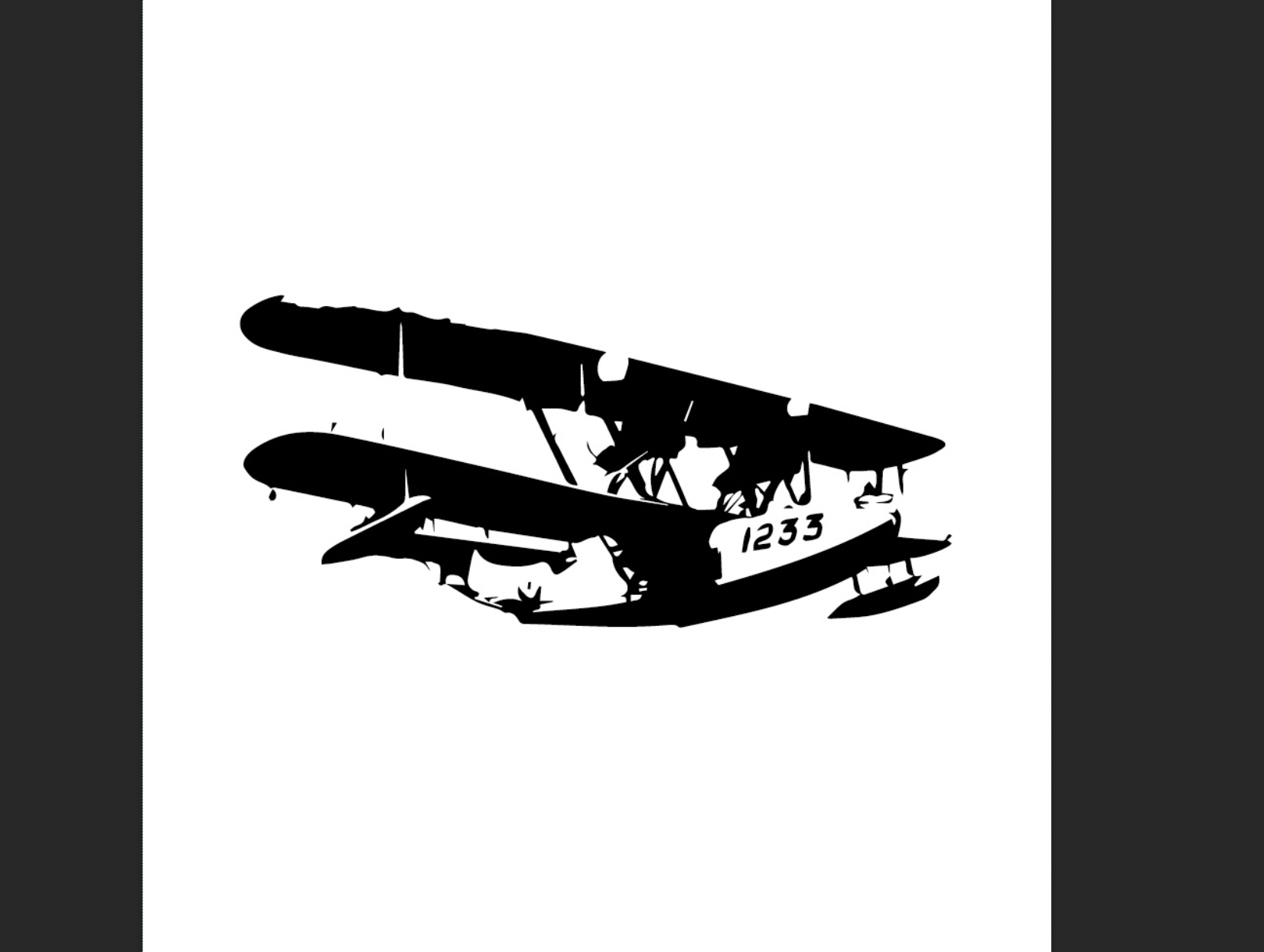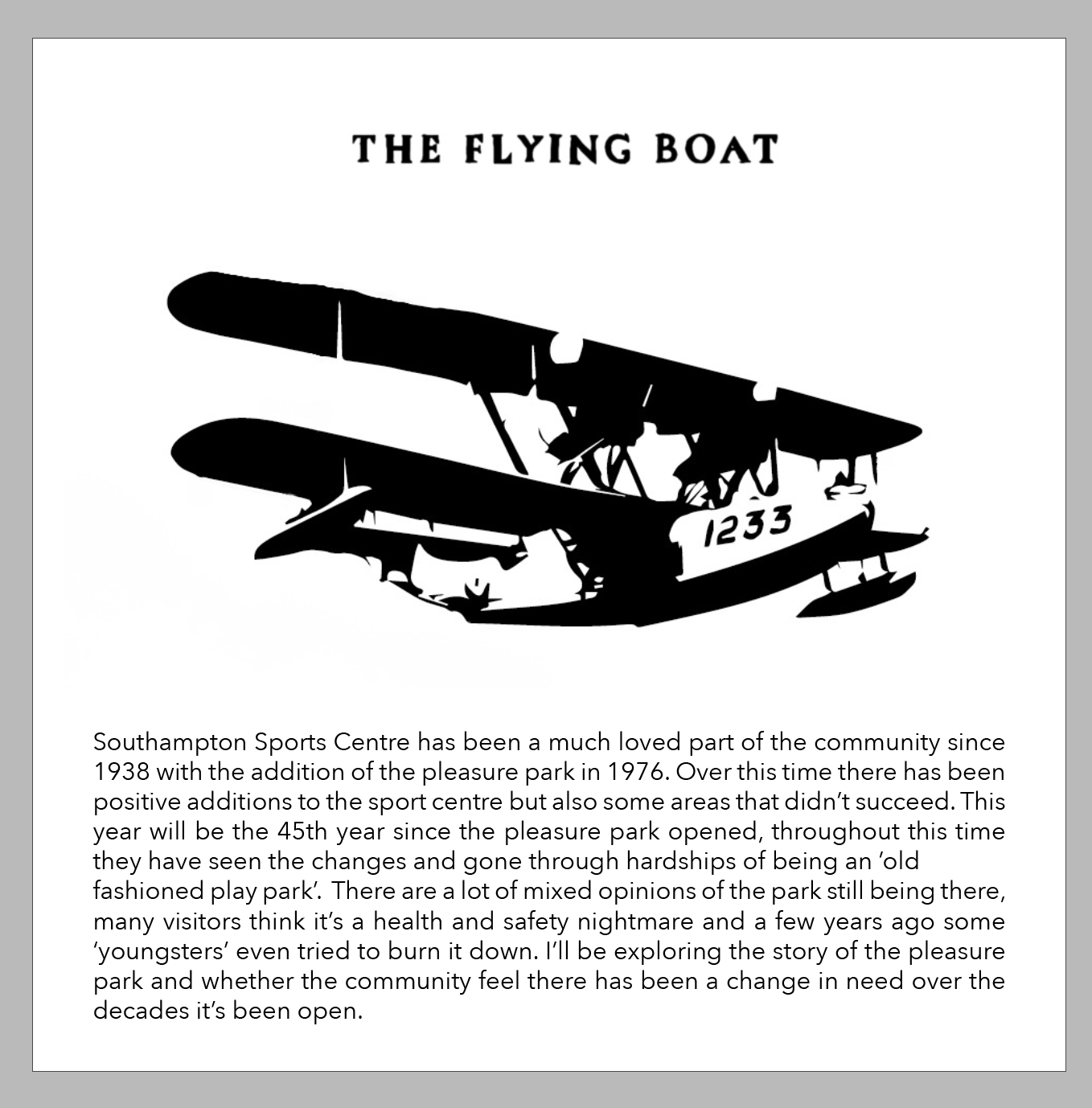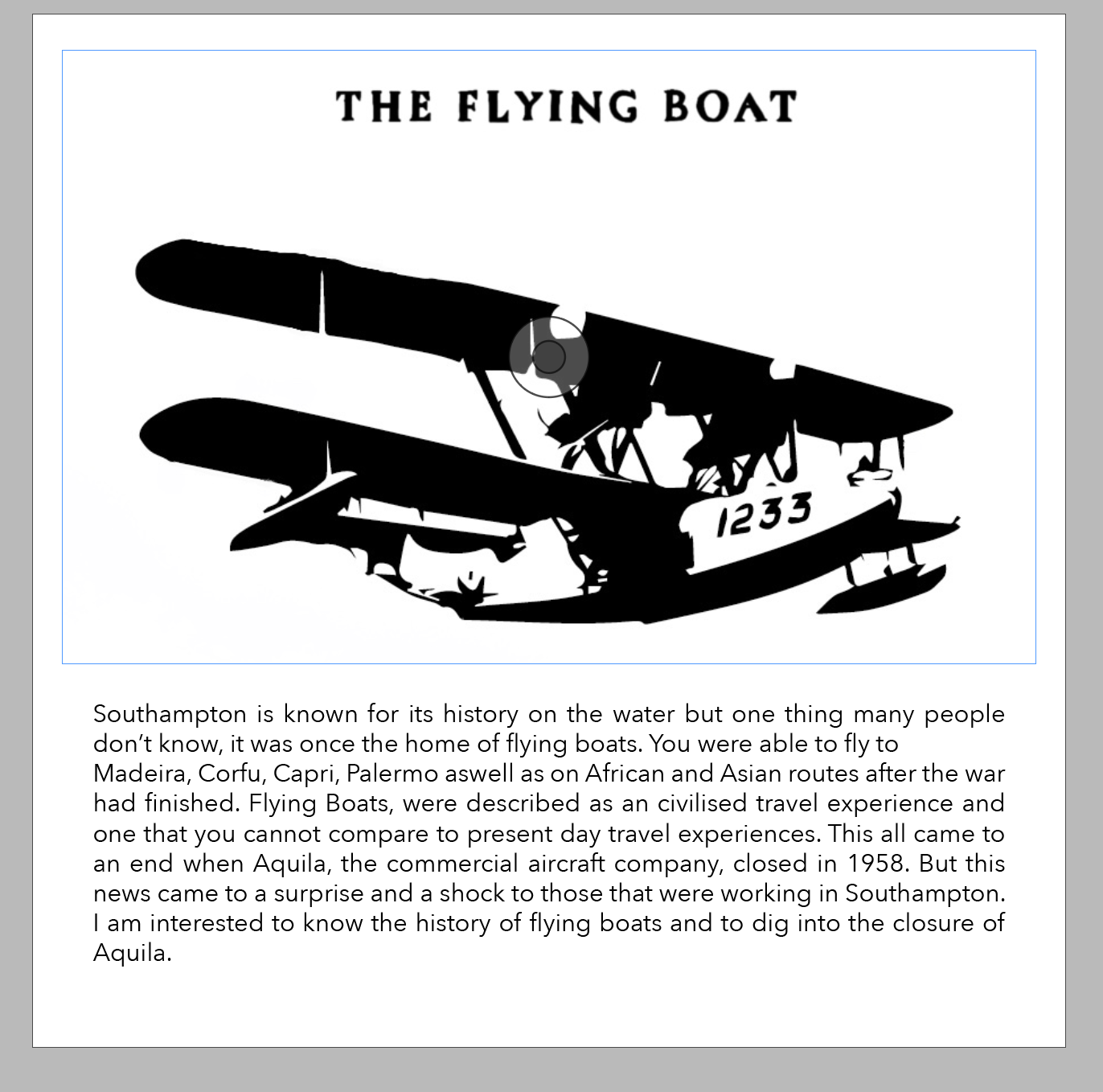Week Six
Lecture Notes
Lecture Summary
I think he only useful thing I really got out of the lecture was the beautiful work from Richard Mosse at the beginning. Ive always been so interested in editorial and travel photography and to see the work that he did with the kodiak film that looks at infra-red is really interesting and admirable. He will definitely be someone that I research this week.
The rest of the lecture with the interview with Andrew Sanigar - I didn’t find as useful - I understand that the publishing world Is something thats very unknown to me and that they are facing challenges with apps and everything going online and the self publishing world of amazon. There is a clear obvious reason to the why which was answered a lot within the lecture. Andrew has obviously worked his way up and through from the initial design areas of the business.
Resource Notes
Resource one
Resource two
Resource three
Resource Summary
Resource one
Interesting written piece looking at the nature of detructivism within graphic design but also within other mediums. Also looking at how this can then be taken into the layout of a document or the layout of art or architecture. “Any memory system can be called a form of writing”.
Resource two
Super helpful and useful resource, explaining some of the methods of research and how to get your topic. I think this is going to be the struggle for me this week is getting a topic and understanding what I want to gather information about? But this was really helpful as it enabled me to gain an understanding of the research that I may have to undertake.
Resource three
Irma Boom - A really interesting way of publishing a book about Coco Chanel. I love the way that she used the dimensions of the bottles exactly to create the size of the book and then she also thought about that tis white but you can almost smell and sense the cook Chanel through the embossed and debossed details within the book. I think I would’ve thought about going about it the same way, the tribute about coco Chanel needed to be interesting but also needed to reflect the brand.
Research
Infra: Images form Eastern Congo
This collection of images by Richard Mosse are captured on a kodak Aerochrome Infrared colour film. It is used to clearly denote the potential destination points for aerial bombs and is able to detect a spectrum of light in which the human eye can’t see. In this series of photographs taken from the gallery exhibition, Mosse photographic interpretation of the ongoing conflict in Congo. The name Infra, highlights the complexity of the regions violence through an obscured vision of an ongoing war.
https://www.designboom.com/art/richard-mosse-infra-photo-series-installation-at-open-eye-gallery/
“‘the images initiate a dialogue with photography that begins as a meditation on a broken documentary genre, but ends as an elegy for a land touched by tragedy.’ -open eye gallery”
https://www.designboom.com/art/richard-mosse-infra-photo-series-installation-at-open-eye-gallery/
https://www.yellowtrace.com.au/infra-by-richard-mosse/
I think this work is honestly amazing, the way that he shows a different perspective to what’s going on by using a different type of camera to portray something really different. I love the contrast of colours, I don’t think he knew how the images would really turn out until he got them printed or saw them but to me it feels like this fairy world or fairy land.
Incoming
After looking at Richard Mosse Infra Project, I wanted to do more research and see if there were any other photography projects that he had done and I found this one called incoming. This project looks at the mass migration and human displacement that is happening across Europe, the Middle East and North Africa. The project that he looked at, was looking at two if the busiest routes. This is infact an installation of an hour, but I just wanted to focus on the still that were taken from that: Below you can see what Richard Mosse says about this project:
"I used a military-grade camera designed for battlefield situational awareness and long-range border surveillance in an attempt to confront the viewer with the ways in which our governments represent – and therefore regard – the refugee. We wanted to use the technology against its intended purpose to create an immersive, humanist art form, allowing the viewer to meditate on the profoundly difficult and frequently tragic journeys of refugees.
This idea of heat, imaging heat, which we hoped would speak sideways about human displacement resulting from climate change and global warming — it also spoke more practically, even indexically, about the struggle of the refugee. Refugees literally leave the heat behind them, exposing themselves to the elements, the cold sea waves, the winter rain and the snow. Homes are replaced with tents and shelters. People die of exposure.
Light is visible heat. Light fades. Heat grows cold. People’s attention drifts. Media attention dwindles. Compassion is eventually exhausted. How do we find a way, as photographers and as storytellers, to continue to shed light on the refugee crisis, and to keep the heat on these urgent narratives of human displacement?"
I think this is such a powerful message again from Mosse, looking at the impacts that climate change and other factors are having on the migration and I think it’s also so clever that he could think about using heat detecting. Especially when you look at the image of the boat and the hand prints that were seen and how that heat will then fade from that boat but I hope that they made it alive. He has a point that the media never really cover this stuff unless there’s a fatality? I think I am really interested in doing a smaller version of this for my project.
Interesting Photography Journal
From researching about Mosse, I wanted to dig deeper and see if there were other Photojournalists the same? and was this an approach that I could use for inspiration for this weeks task?
William Daniel
“is a French documentary photographer based in Paris.
He has dedicated himself to documenting vulnerable communities and places plagued by chronic instability.”
https://williamdaniels.net/about/
One of the main points that really intrigued me about Daniel, Is the way that he complies photo essays, a term of which I haven’t heard of before now. One of them which is listed on his website, called Exodus - Depriving the Rohingya people of their Burmese citizenship. Along side this bit of text that he has written to explain. He has a series of images.
These images are the story and i’m assuming thats where the words photo essay come from. They are taking you on this journey to what is happening and enabling you to feel like you are in the moment and you are actually here. I love the way that Daniel has achieved this but also how he goes from Light to dark and light again with his images in the photoessay.
Acacia Johnson
Another really interesting photojournalist is Johnson. “Acacia Johnson is a photographer, artist, and writer from Alaska. A graduate of the Rhode Island School of Design” https://www.acaciajohnson.com/about I was drawn to Johnson as she focusses on the relationship between people and nature within the work that she does. One of the project that caught my eye was sea ice stories - especially as we are looking at stories and myths for this weeks workshop project. “As sea ice declines globally, I wanted to make pictures that could show how sea ice, and the rich marine ecosystem it fosters, remains an important platform for travel, community life, and subsistence. I wanted to make pictures that could capture something about the sense of joyousness felt on the land; the quiet beauty of the Arctic landscape; the relationships between young people and the natural world.”
Even though Johnson’s work is based on hunting and the stories that come with that I think there is so much beauty in the images that she produces. I love that its so candid and natural with the people that she is staying with and looking at. It shows a completely different perspective to what we are used too when we think about climate change.
Photo essay
https://www.colesclassroom.com/pictures-that-tell-stories-photo-essay-examples/
What is it?
It is a series of photographs that when assembled in a particular order tell a unique and compelling story. Whilst some photographers choose only to use pictures in their presentations, others will incorporate caption, comments or even full photographs of text to provide more exposition for the scene they are unfolding.
Why a photo essay?
Pictures are worth 1000 words.
Famous Photo essays?
The Great Depression - Dorothea Lange
Everyday - Noah Kalina
Signed X - Kate Ryan
All of the above projects are so unique and they tell a story about someones experience or a story about what’s going on around them.
Local Photo Essays:
Whilst it’s all good talking about environmental shoots and shoots in different countries. I wanted to look at one that was relating to the UK right now. This one is apart of the guardian website called supporting children through the pandemic in Hackney by Grey Hutton. https://www.theguardian.com/artanddesign/2021/mar/01/supporting-children-through-the-pandemic-in-hackney-a-photo-essay
The whole summary of the images that are taken are just a little bit of an insight into peoples lives during the pandemic in the summer. I think some of them portray it so perfectly - the one with the girl crying and her mum and the other one of the trampoline learning a new skill. I wonder if this is something that I am able to do with my story?
Greg Lin Jiajie
“Photography to me is more than just a picture, It captures memories and documents moments; reminding us where we come from and enlightens where we are going.”
https://www.itsnicethat.com/articles/greg-lin-jiajie-fujian-photography-180619
Greg is on this photo documentary journey of taking pictures of this home town and where he lives. He photographs the people around him and the things that people are doing and what they do for work and in their free time. I think This is such a beautiful angle for an ongoing piece of work, especially because this is the norm for him but probably isn’t the norm for a lot of other people.
Tomas Bachot
This photographer takes pictures of his view from inside Ghanas Expat community. The environment where he girlfriend had lived as a child, he was shifting his mindset that he was attempting to expose. This is such a natural organic image taking from Bachot. I love that he has candid imagery and taking pictures of things that seem normal but is insightful to other people.
https://www.caferoyalbooks.com/shop
Magazine/ books that I find inspirational:
I wanted to look into detail about some unconventional layouts of books as I feel this is the approach I want to take for the layout of the book/story that I am writing this next couple of weeks.
Seth Bogart
This artist, has been making ceramic books, from books that he’s been obsessed with or that changed his life. He is trying to avoid going digital as an artist especially looking at the phrase ‘don’t judge a book by its cover’ but in some cases the cover is the best part. I really love the way that from this week we are looking at stories and how they should be designed for a magazine or a book but this is something thats really different. It doesn’t function as a book but it still tells a story.
https://www.itsnicethat.com/articles/seth-bogarts-art-281020
Jannis Maroscheck
https://www.itsnicethat.com/articles/jannis-maroscheck-shape-grammars-graphic-design-100820
This is a dictionary of graphic systems that was designed as part of short term obsessions. The whole book is around the shapes of exploring the goring geometric systems. From strict to organic freeform shapes which obey rules and a system. He talks about that a computer is a quick drawing. I love that this is how someone has made a book out of something so simple yet beautifully laid out. I also love that the whole book is monochrome and that all the shapes are just focussed on the shapes.
Micheal Mason & Xiaowen Zhu
https://www.itsnicethat.com/articles/cheval-oriental-silk-graphic-design-260221
Communication is at the core of Micheal work. “clear, clever and emotive – but also altered with narrative, if you’re curious enough to dive into it further.” The book is around the oriental silk emporium in Beverly Hills. it was the first Chinese sold importing business in the US. It’s also around the beauty of silk and the craft-mans ship thats within it. Vintage sewing patterns influenced the design of the book. He wanted to mirror the physical experience of entering the shop. “Solving for typestyles and an underlying grid that includes both languages, without giving emphasis to either of the two, took a fair bit of iteration”. In conclusion, this is a beautiful and simple design by the work of a graphic designer and an Artist trying to tell the story. I think that the images are black and white within the book but also there’s this grid system like you are writing out an order, its beyond beautiful and will be one of my inspirational points for how I lay out my book for the essay.
Workshop Task / Response
First I needed to think of a topic for the next couple of weeks tasks. I asked myself what am I interested in? What am I passionate about? What do I do in my free time? Is it a hobby or a skill? I also wanted to think about how Southampton has moulded me?
1.Research and identify two possible stories that reflect a viewpoint of your own town, city or locale.
After posting on the ideas wall to voice my ideas, I decided on the following:
The change in the community needs of Southampton Pleasure Park
The Extinction of the flying boat.
The reasons for choosing these is that The Pleasure park in Southampton has been close to where I live, well since I was born. I have pictures of birthday parties there and a lot of memories being there. But in recent years there’s been a decline in the need for the Pleasure Park and a reduction in visitors. Aswell as an arson attack on the Pleasure Park, which resulted in the owner putting his live savings into the Park. I wanted to get the locals opinions on what they thought of the place and whether they think there is still a need. (Local)
The reason behind choosing the Flying Boat is I think this is a part of Southampton that people have forgotten about. I never new that it used to be the main terminal for flying boats within the UK and they also used to fly to a lot of different countries. You can still see the Flying Boats within the Solent Sky museum, but what was the real reason for them being grounded? (City)
2 . Create one image to represent both initial story concepts, using a variety of methods, which must be original and not sourced from the Internet or a third party.
Idea 1: From a previous project, I had already got some of the images of the play park which saved me some time of going down there myself.
On the pleasure park website, they have some old pictures of people there that look like they have a polaroid effect, so using my own images I wanted to try and recreate that effect. But at the same time I was also interested in the beauty of black and white image and what it represents when all the colour is taken away. Below you can see my process:
Once I had decided on the image; I wanted to add some writing and decided to add the writing of the ‘Childrens pleasure park’ from the sign over the entrance way. I did this by hand drawing on the iPad to give that hand writing personal effect.
Idea 2:
Write two short proposals with title, original image and a short 100-word synopsis (elevator pitch) about the concept of your article. Save as a PDF document and upload to your blog.
Idea 1:
“Southampton Sports Centre has been a much loved part of the community since 1938 with the addition of the pleasure park in 1976. Over this time there has been positive additions to the sport centre but also some areas that didn’t succeed. This year will be the 45th year since the pleasure park opened, throughout this time they have seen the changes and gone through hardships of being an ’old fashioned play park’. There are a lot of mixed opinions of the park still being there, many visitors think it’s a health and safety nightmare and a few years ago some ‘youngsters’ even tried to burn it down. I’ll be exploring the story of the pleasure park and whether the community feel there has been a change in need over the decades it’s been open. “
For the layout of the concept, it was inspired by the polaroid concept with how they used to look.
Idea 2:
“Southampton is known for its history on the water but one thing many people don’t know, it was once the home of flying boats. You were able to fly to Madeira, Corfu, Capri, Palermo aswell as on African and Asian routes after the war had finished. Flying Boats, were described as an civilised travel experience and one that you cannot compare to present day travel experiences. This all came to an end when Aquila, the commercial aircraft company, closed in 1958. But this news came to a surprise and a shock to those that were working in Southampton. I am interested to know the history of flying boats and to dig into the closure of Aquila.”
Weekly Summary
This week was an interesting week - I think researching about photo essays was the main take away from this weeks research. It’s shown me how people can visually express and show their story through images. This is an area that I wanted to take into my workshop task this week, I wanted to look at a story that I could visualise and I think that had an impact on the topics that I decided to run with. I chose the topics that I did as I wanted some topics that I had a personal relation too.
After writing both the synopsis, I am more drawn to the children’s pleasure park. This is purely for the reason that I can get a lot of research from the neighbourhood but also the history of the pleasure park itself from the owners. After listening to some of the feedback during this weeks Q&A, I felt that my topic was in depth enough but I am now so comfortable with it. I am excited for the research that I can do on this topic in the future weeks.
Ideas Wall Posts
Reference list
Acacia Johnson (n.d.). ABOUT - Acacia Johnson | Photographer. [online] Acacia Johnson. Available at: https://www.acaciajohnson.com/about [Accessed 13 May 2021].
Angelos, A. (2020). A peek into an AI-driven world, Shape Grammars by Jannis Maroscheck is a dictionary of 150,000 shapes and systems. [online] www.itsnicethat.com. Available at: https://www.itsnicethat.com/articles/jannis-maroscheck-shape-grammars-graphic-design-100820 [Accessed 13 May 2021].
Bennett, H. (2020). Judging a book by its cover: Seth Bogart’s vivid ceramic library. [online] www.itsnicethat.com. Available at: https://www.itsnicethat.com/articles/seth-bogarts-art-281020 [Accessed 13 May 2021].
Canvas (2017). RICHARD MOSSE’S “INCOMING” | MILITARY-GRADE CAMERAS CAPTURE THE REFUGEE CRISIS. YouTube. Available at: https://www.youtube.com/watch?v=p0IUuYjdrOU [Accessed 28 Jan. 2020].
Hughes, D. (2011). Infra by Richard Mosse. [online] Yellowtrace. Available at: https://www.yellowtrace.com.au/infra-by-richard-mosse/ [Accessed 13 May 2021].
Hutton, G. (2021). Supporting children through the pandemic in Hackney – a photo essay. [online] the Guardian. Available at: https://www.theguardian.com/artanddesign/2021/mar/01/supporting-children-through-the-pandemic-in-hackney-a-photo-essay [Accessed 13 May 2021].
Kalina, N. (2020). Noah takes a photo of himself every day for 20 years. [online] www.youtube.com. Available at: https://www.youtube.com/watch?v=wAIZ36GI4p8&feature=emb_logo [Accessed 13 May 2021].
Mosse, R. (n.d.). Richard Mosse | Incoming. [online] www.richardmosse.com. Available at: http://www.richardmosse.com/projects/incoming#.
Mosse, R. (2012). richard mosse: infra photo series installation at open eye gallery. [online] designboom | architecture & design magazine. Available at: https://www.designboom.com/art/richard-mosse-infra-photo-series-installation-at-open-eye-gallery/ [Accessed 13 May 2021].
Ong, J. (2019). Greg Lin Jiajie captures stories from his “favourite place”, his hometown of Fujian. [online] www.itsnicethat.com. Available at: https://www.itsnicethat.com/articles/greg-lin-jiajie-fujian-photography-180619 [Accessed 13 May 2021].
Ong, J. (2021). Designed to mirror a physical experience, Oriental Silk documents the first Chinese silk importing business in the US. [online] www.itsnicethat.com. Available at: https://www.itsnicethat.com/articles/cheval-oriental-silk-graphic-design-260221 [Accessed 13 May 2021].
Ryan, K. (n.d.). Our Stories. [online] signedx. Available at: https://www.signedxproject.com [Accessed 13 May 2021].
Stone, B. (2017). Photographer Tomas Bachot takes us inside the gilded world of Ghana’s expat community. [online] www.itsnicethat.com. Available at: https://www.itsnicethat.com/articles/photographer-tomas-bachot-takes-us-inside-the-world-of-ghanas-expat-community-190417 [Accessed 13 May 2021].
The Museum of Modern Art (2020). Dorothea Lange: Words & Pictures | MoMA EXHIBITION. [online] www.youtube.com. Available at: https://www.youtube.com/watch?v=21nPEFybmtQ [Accessed 13 May 2021].
